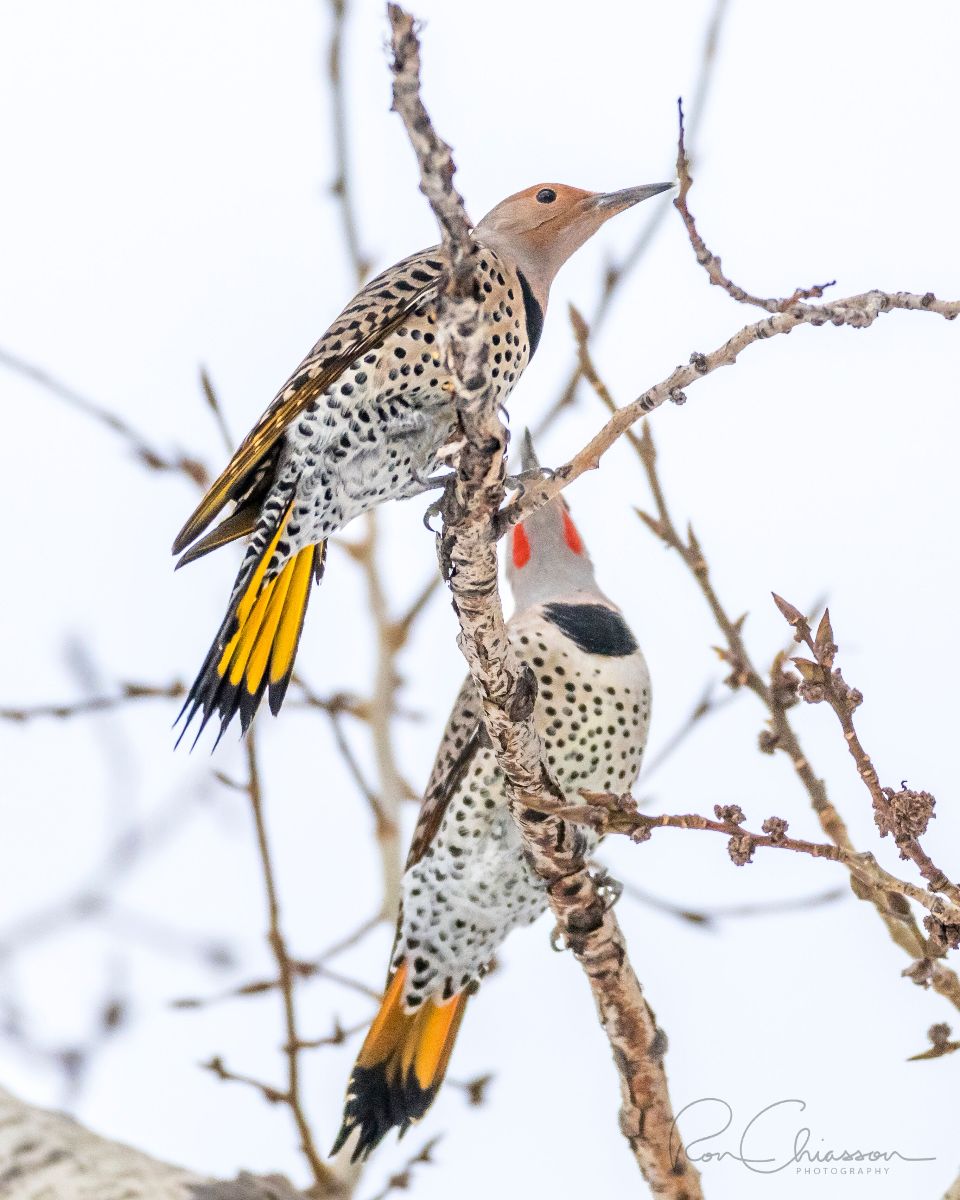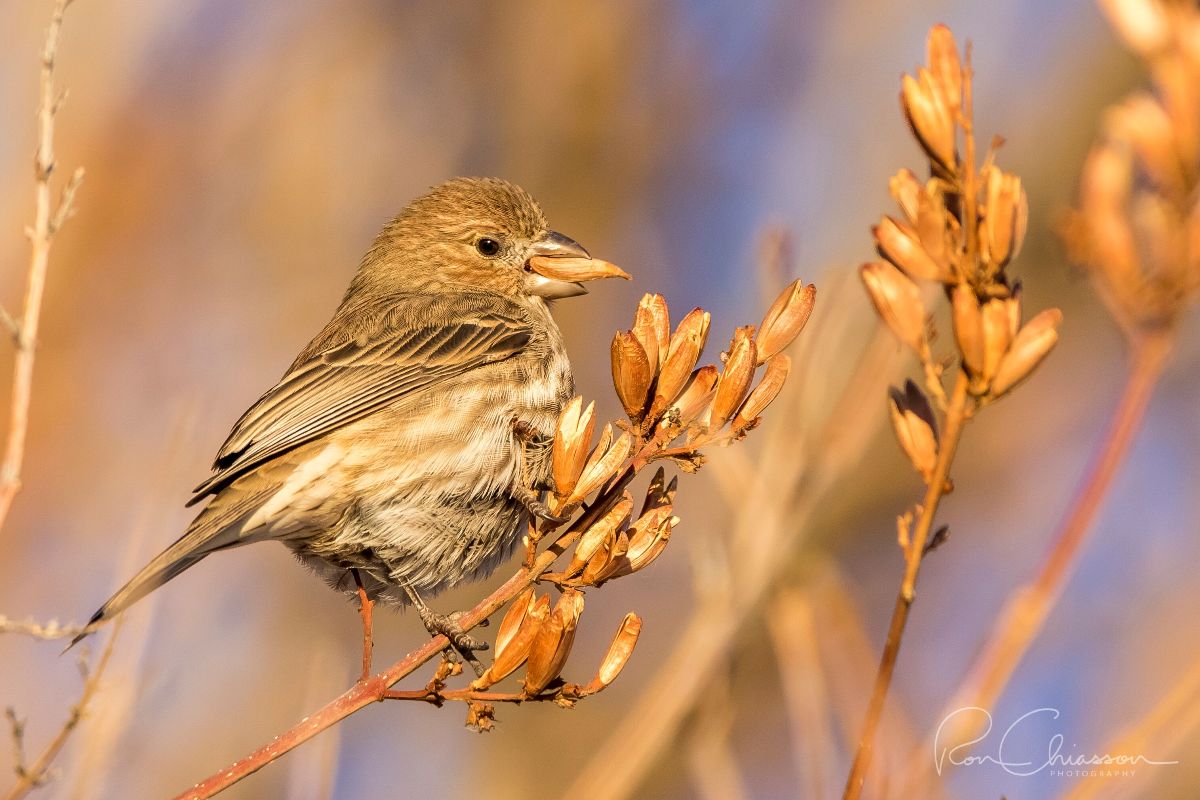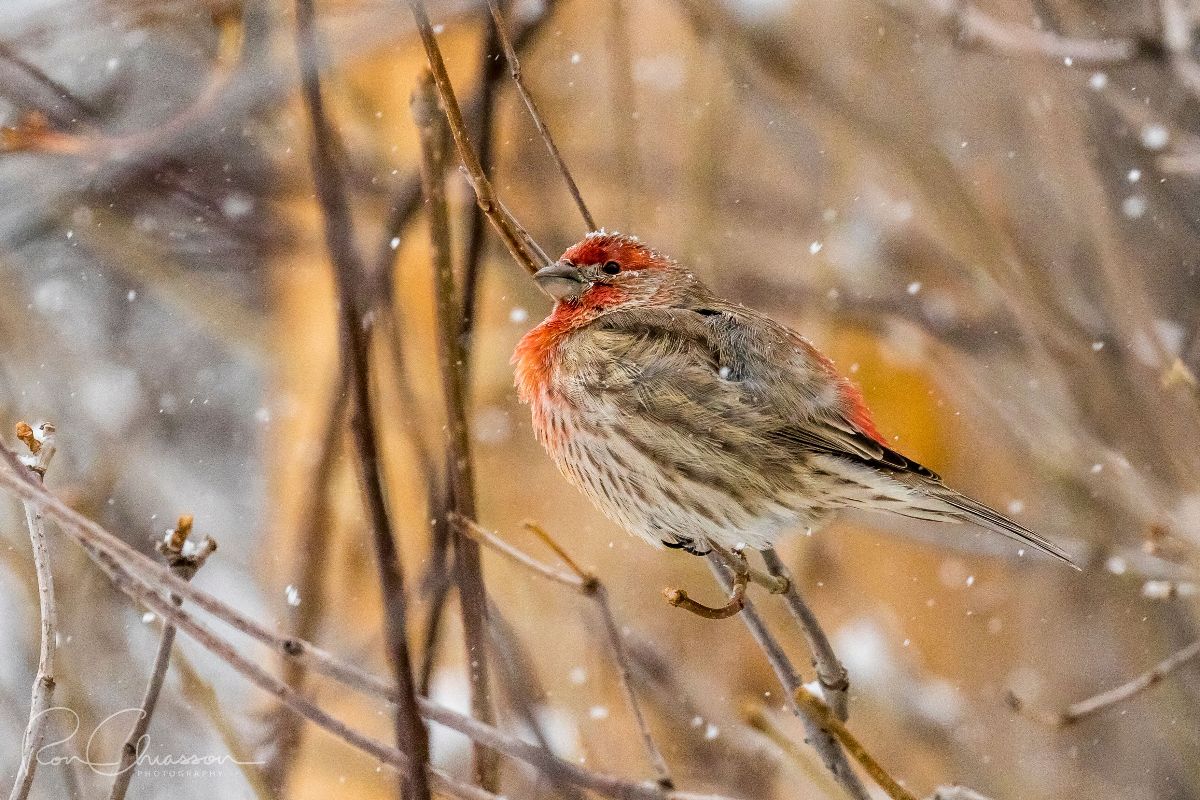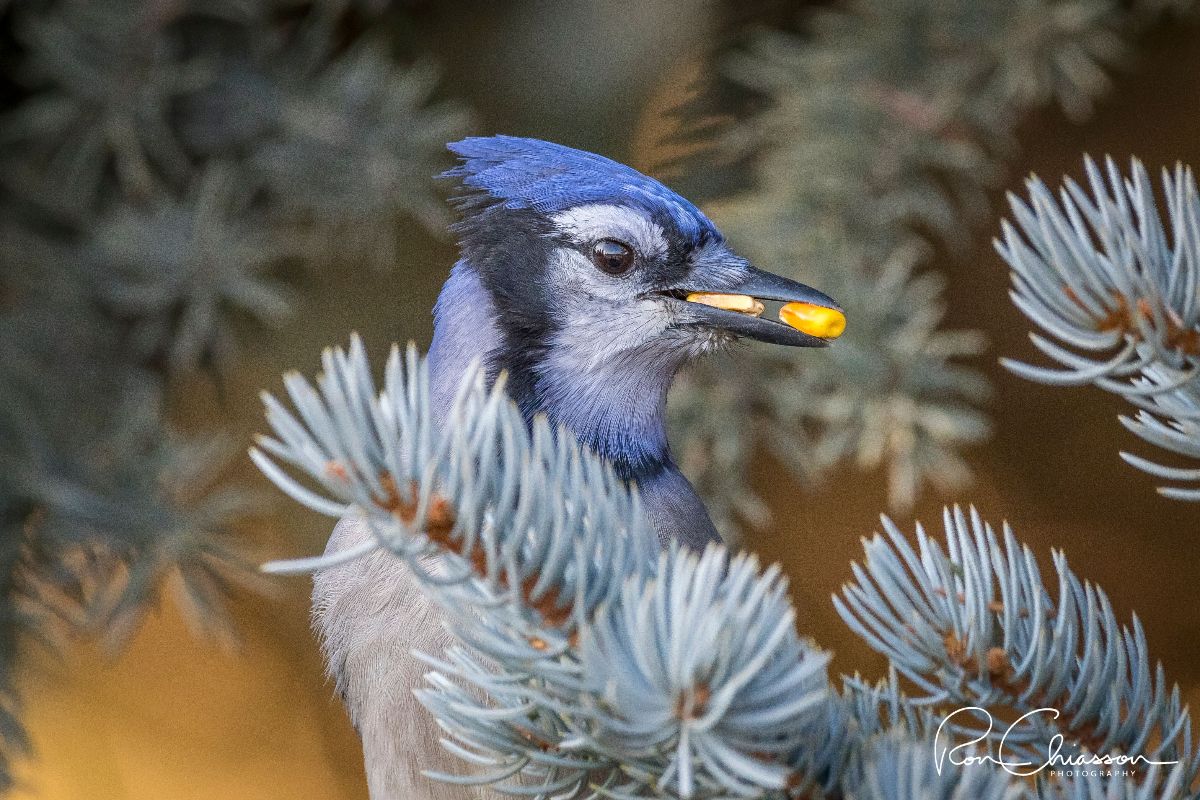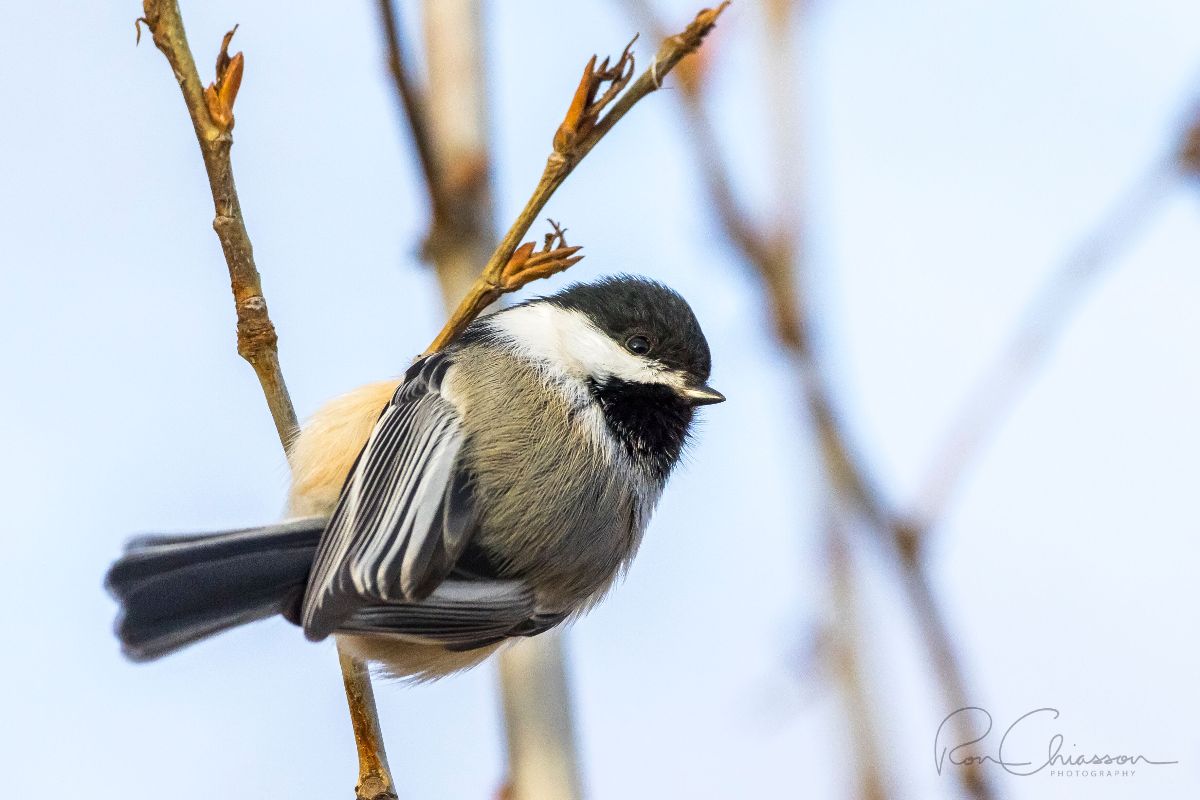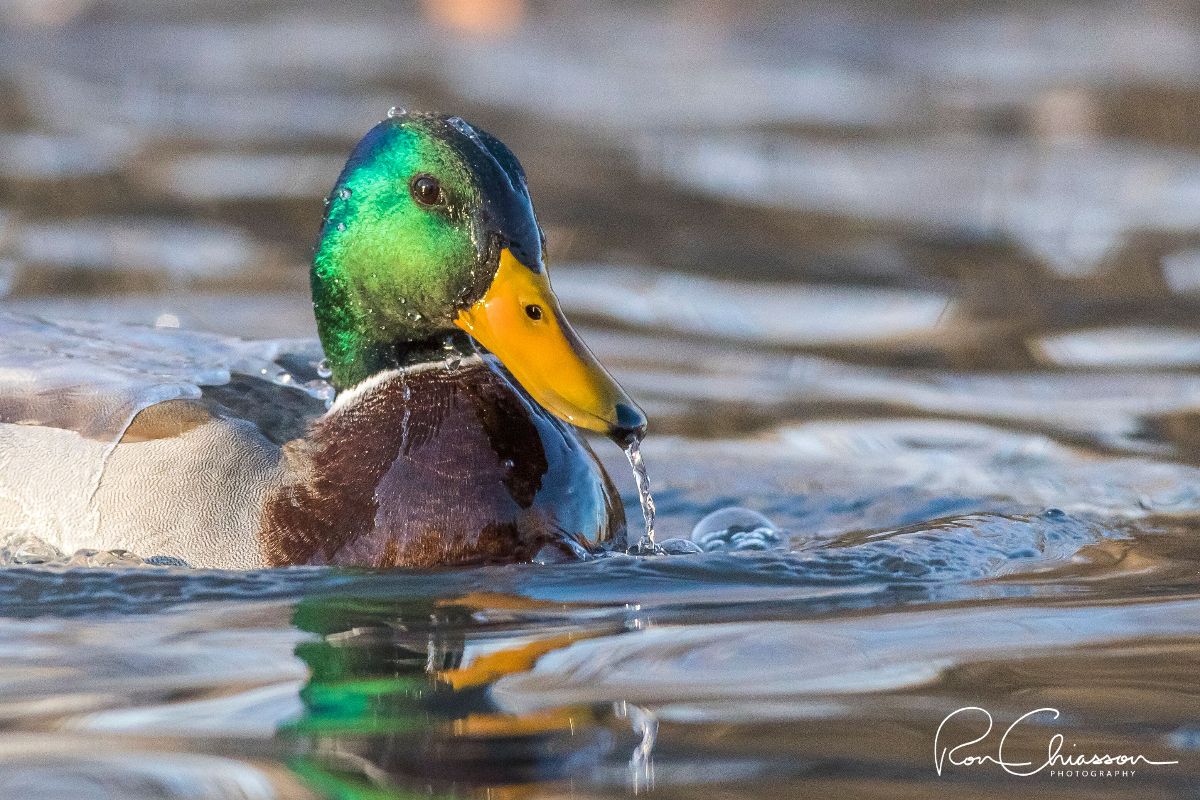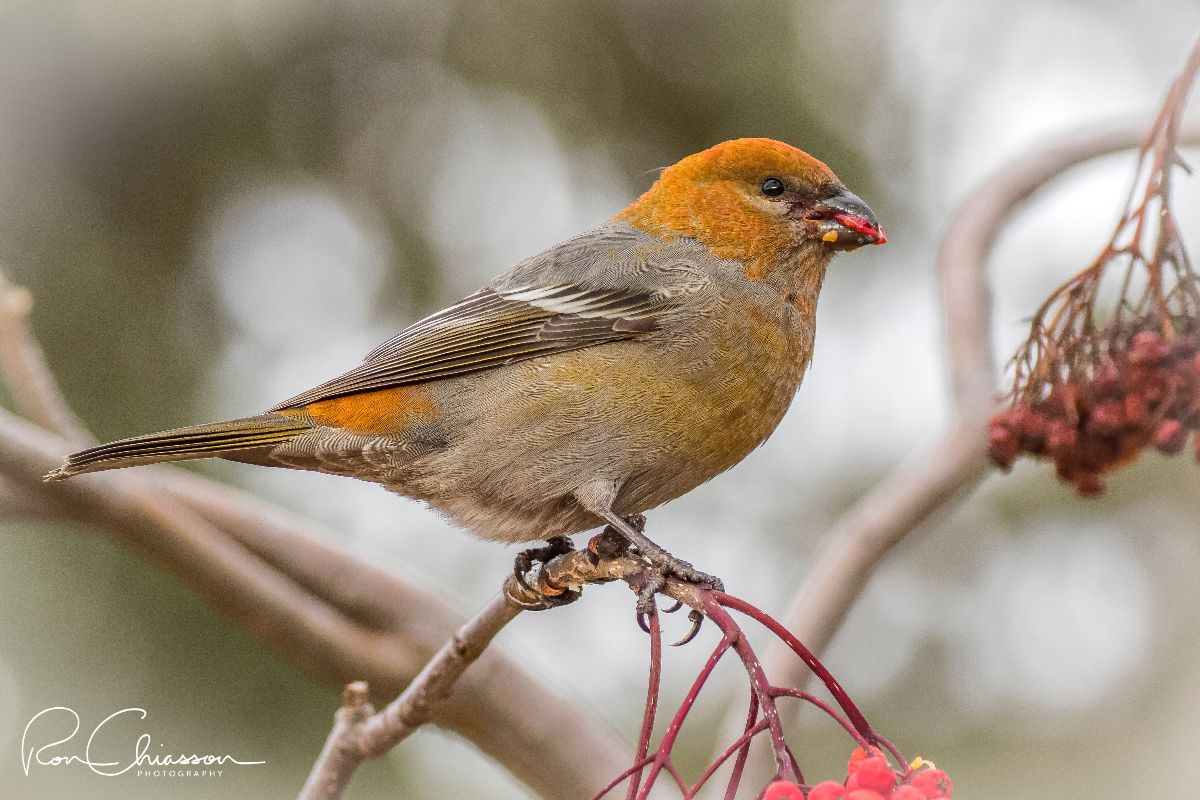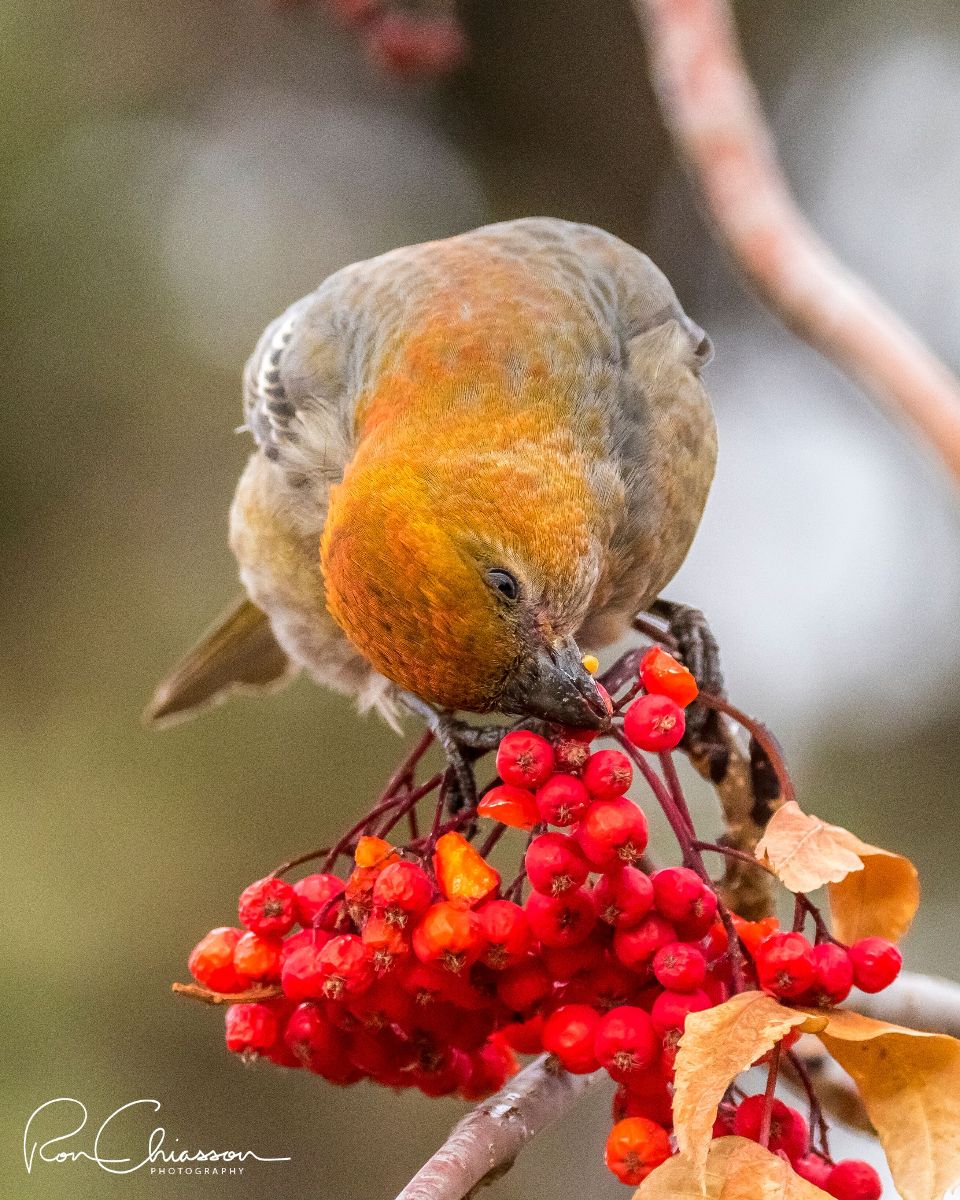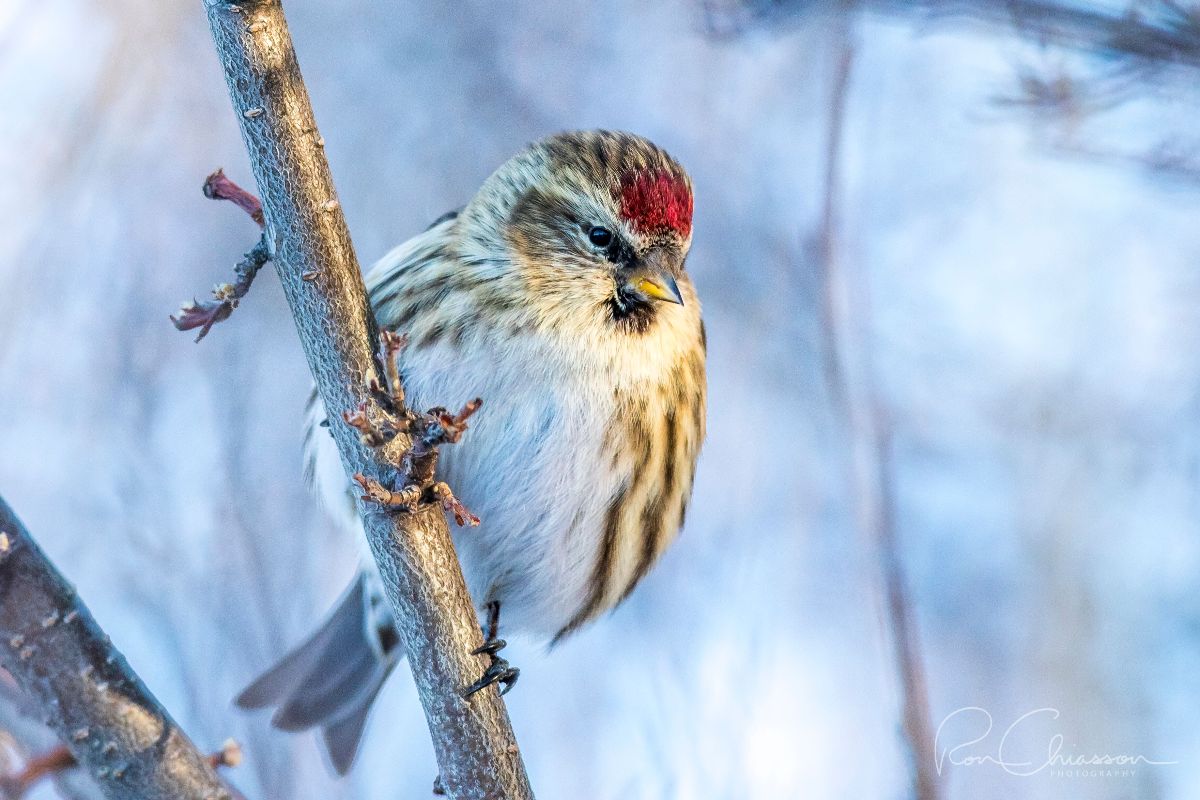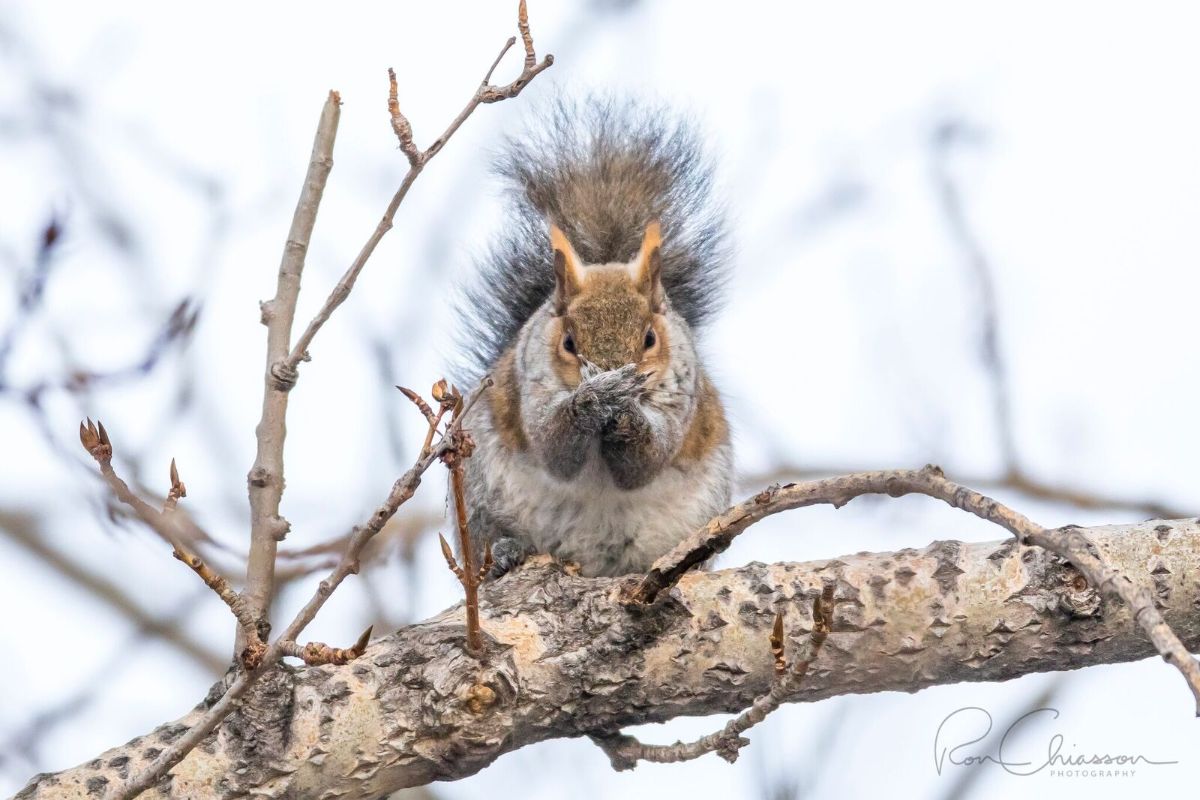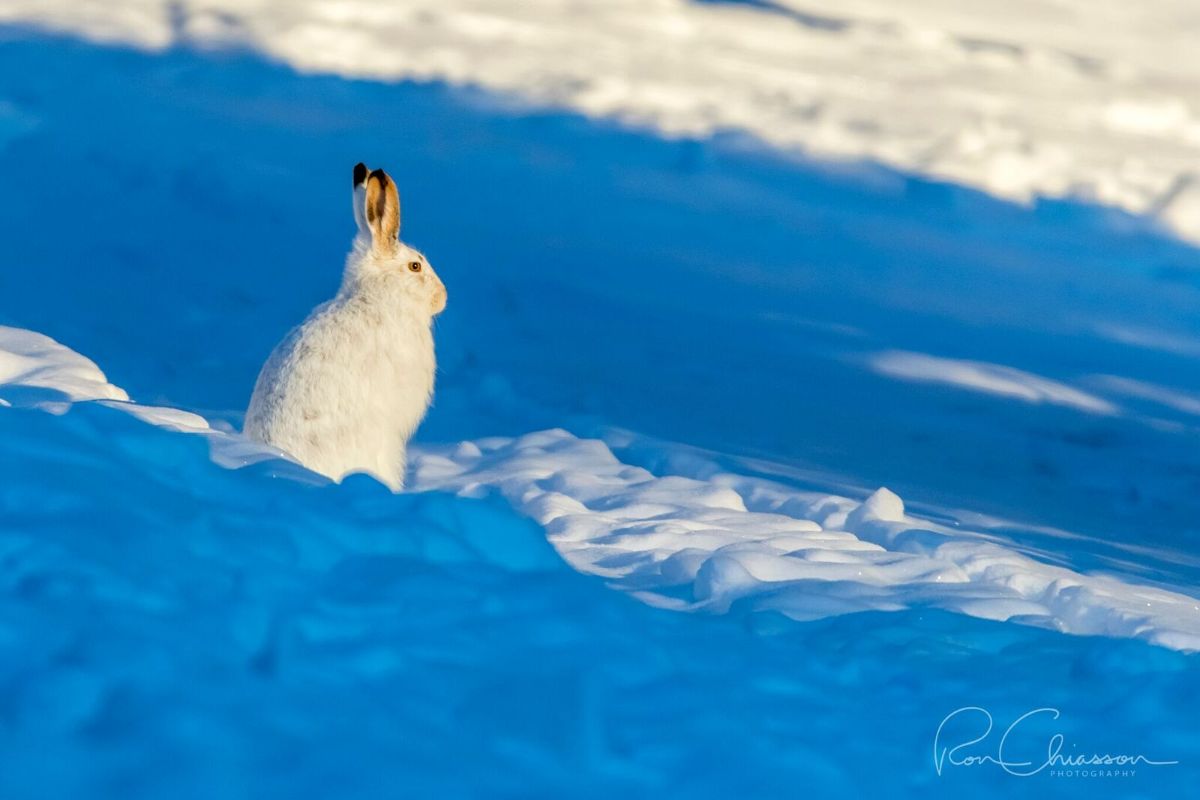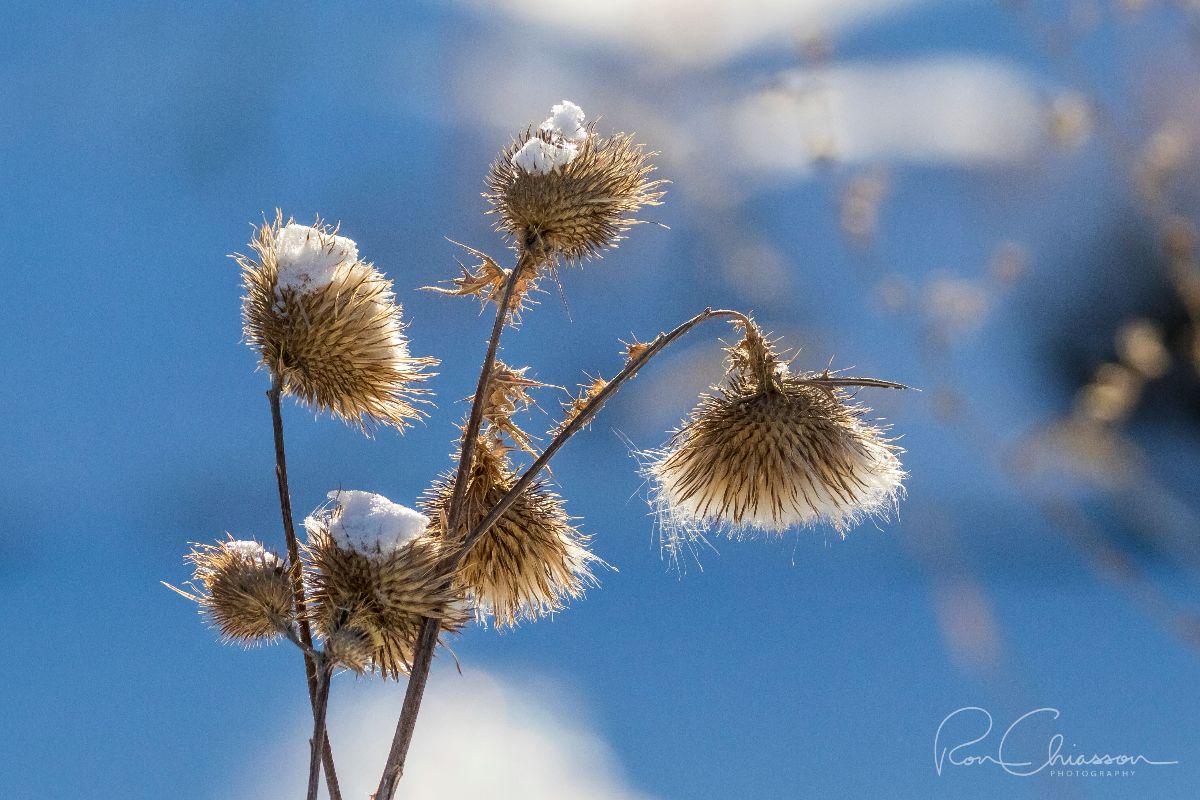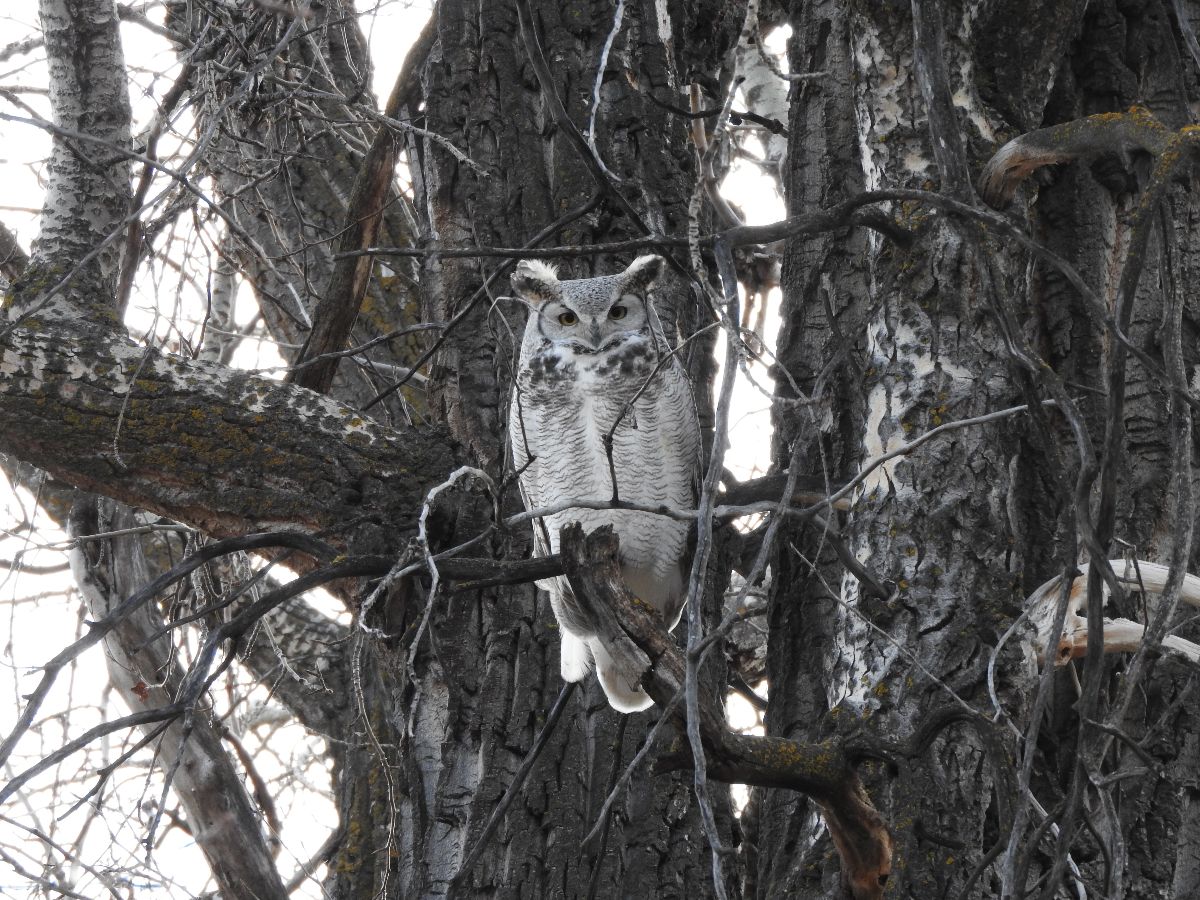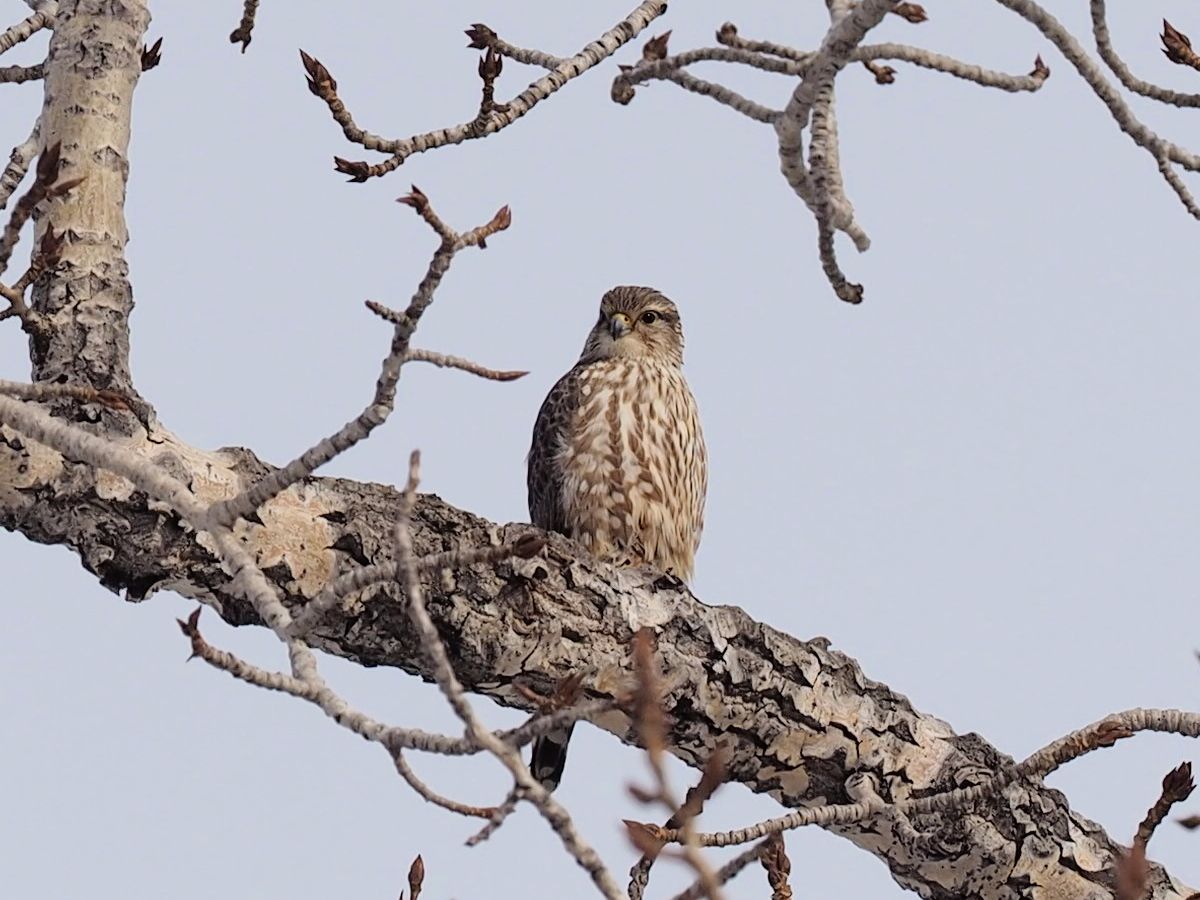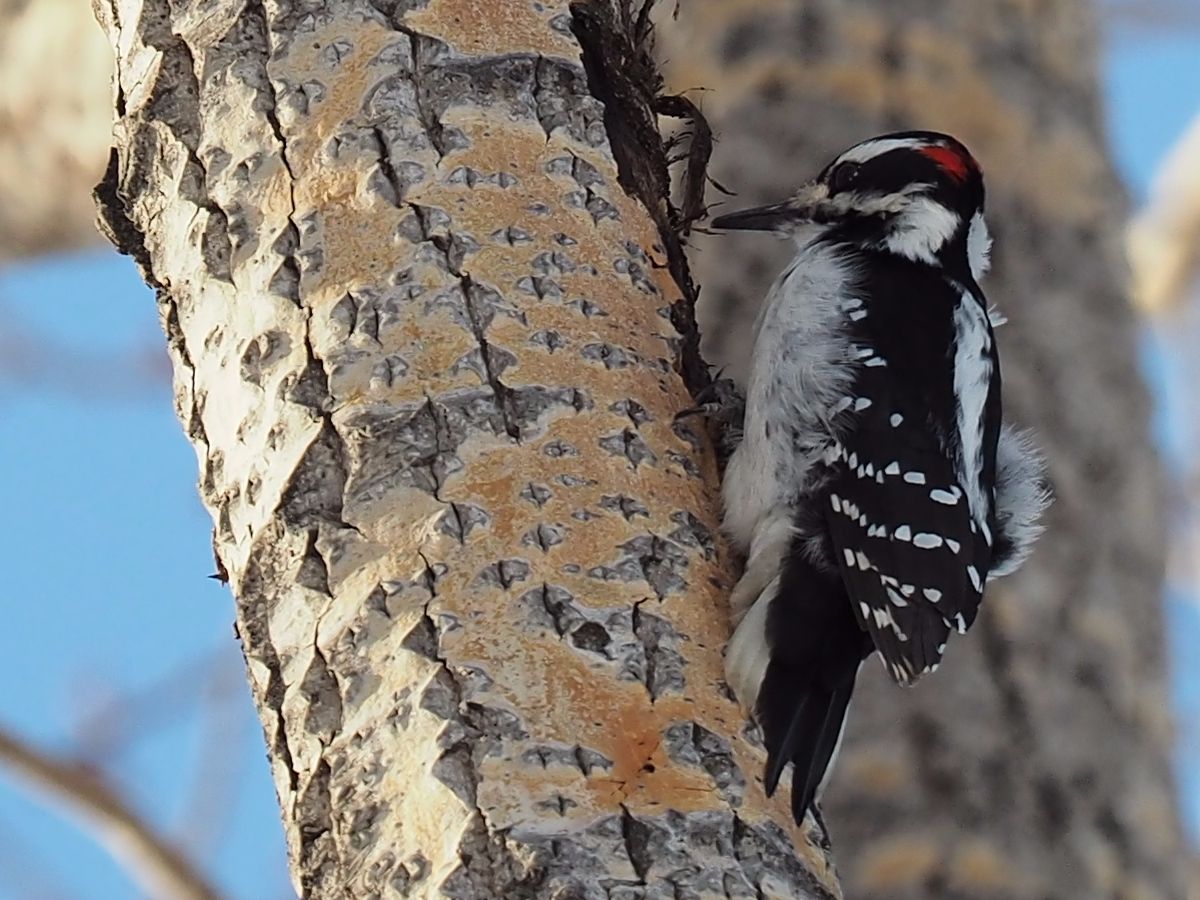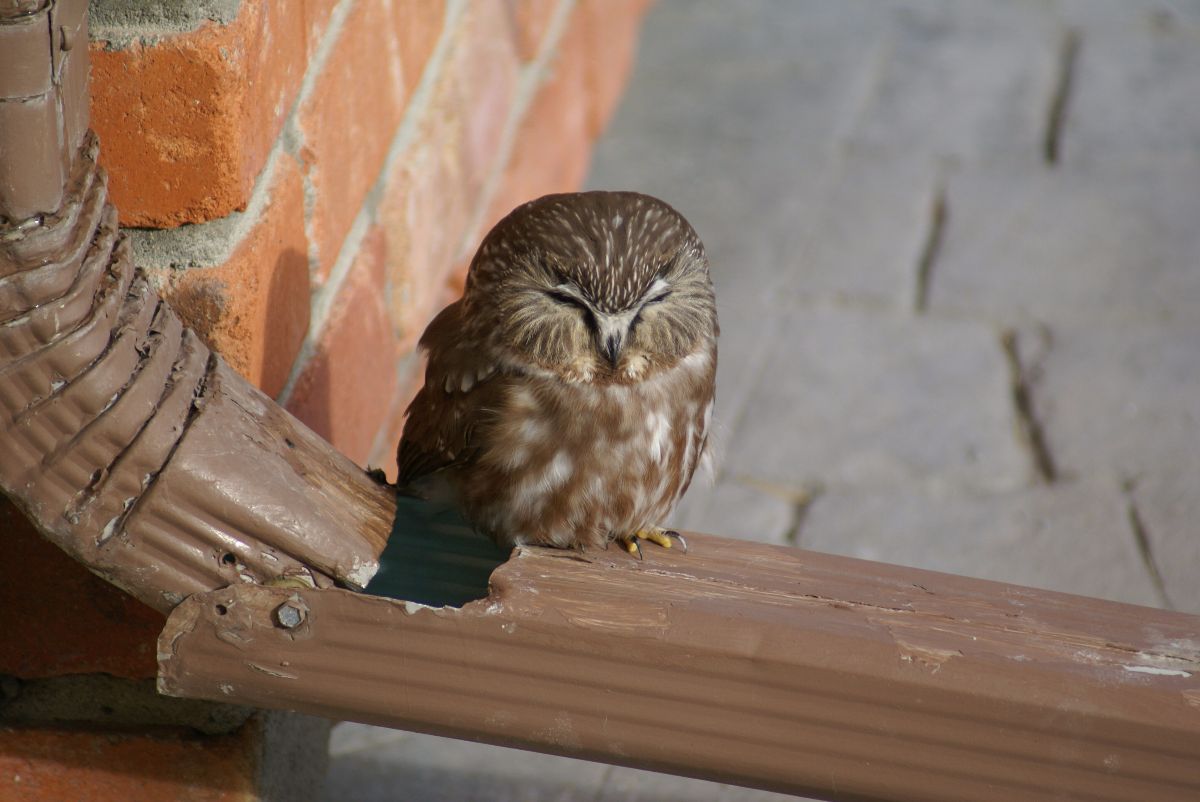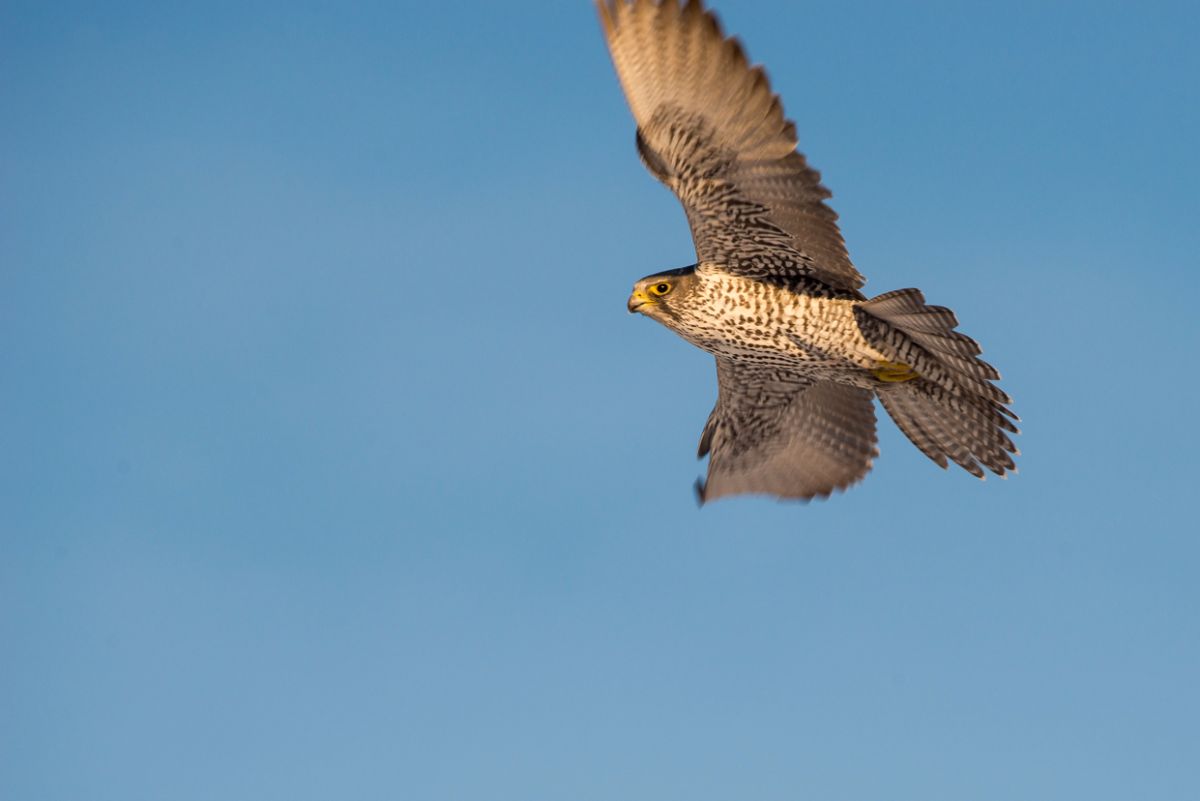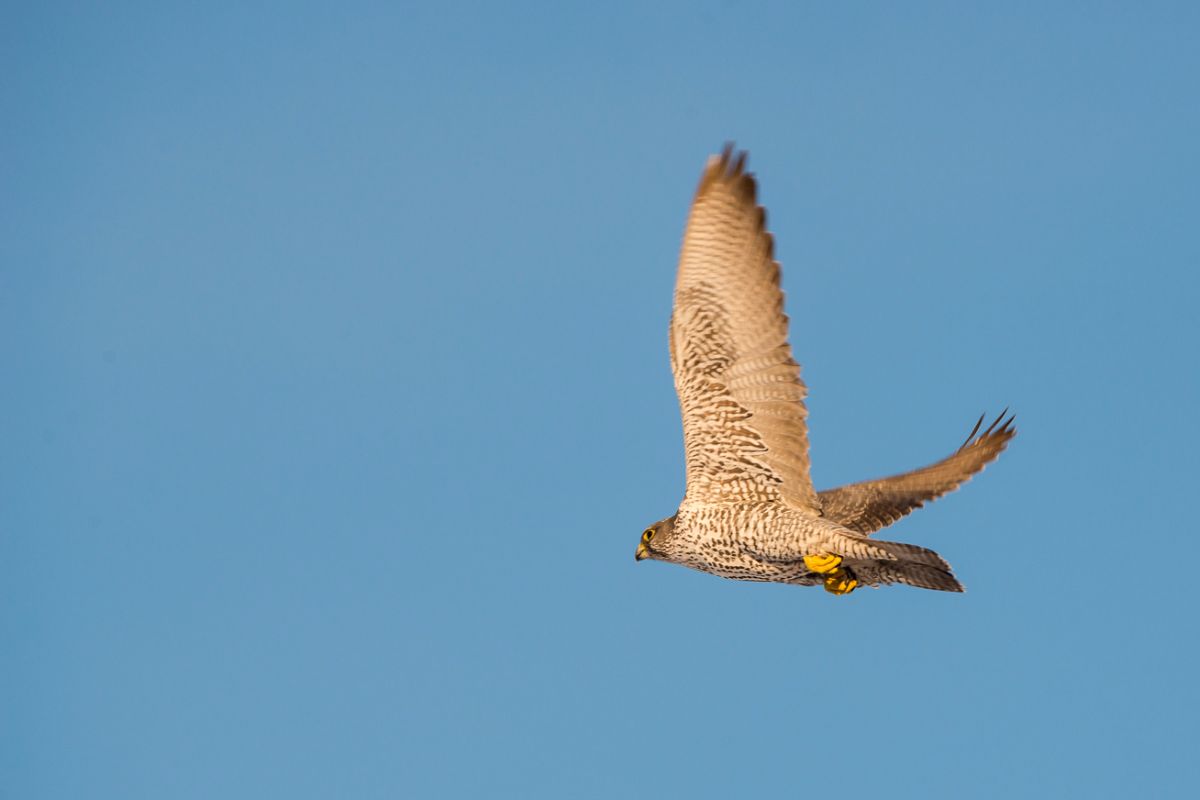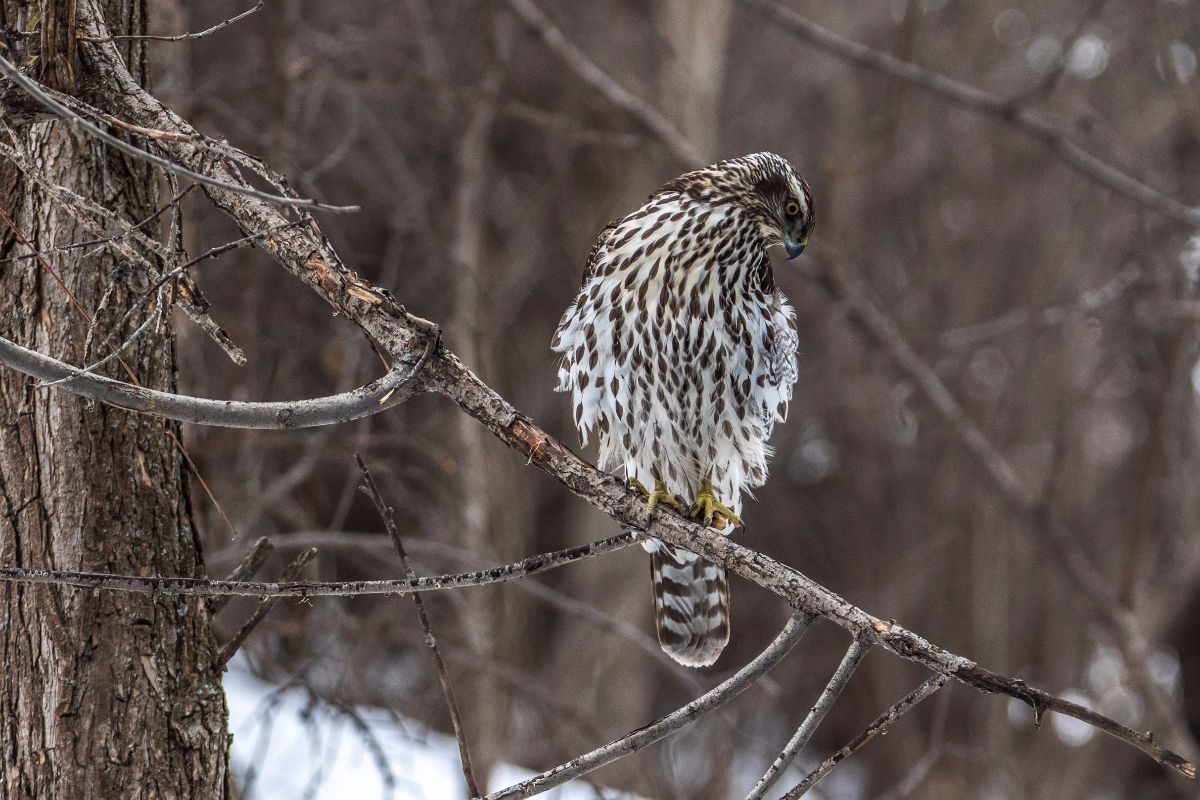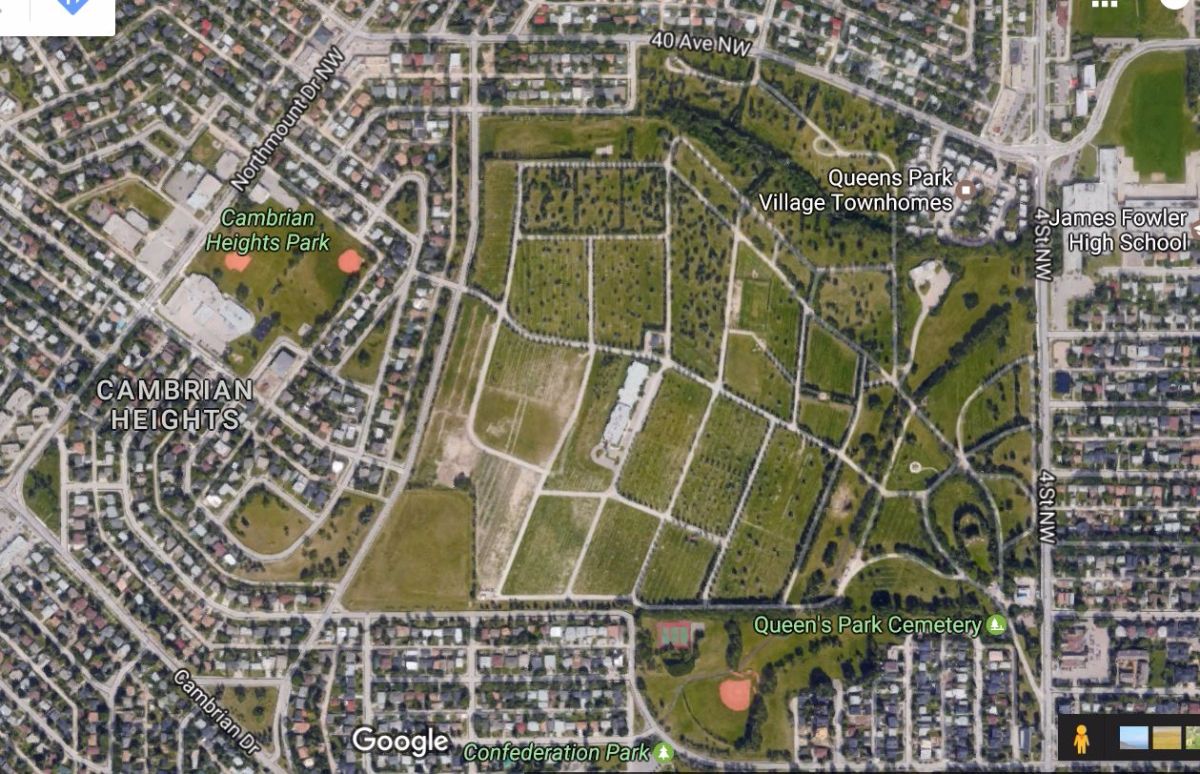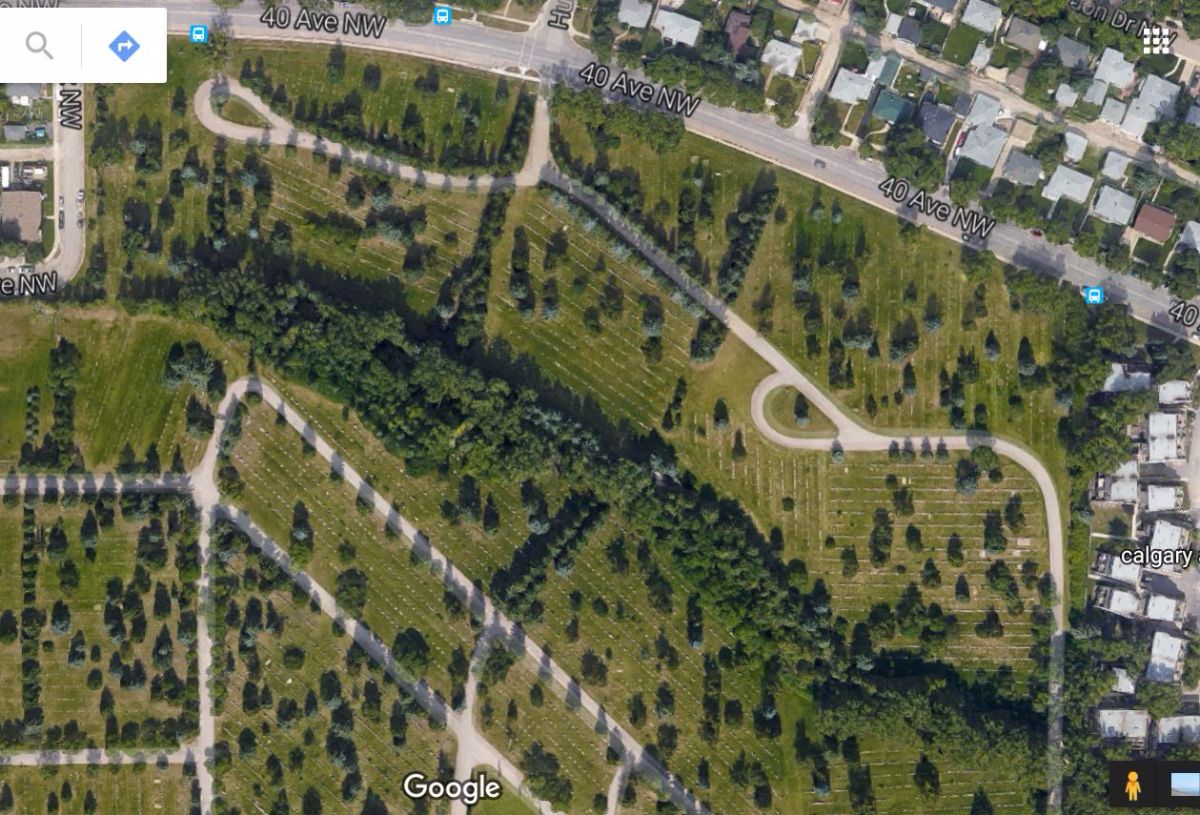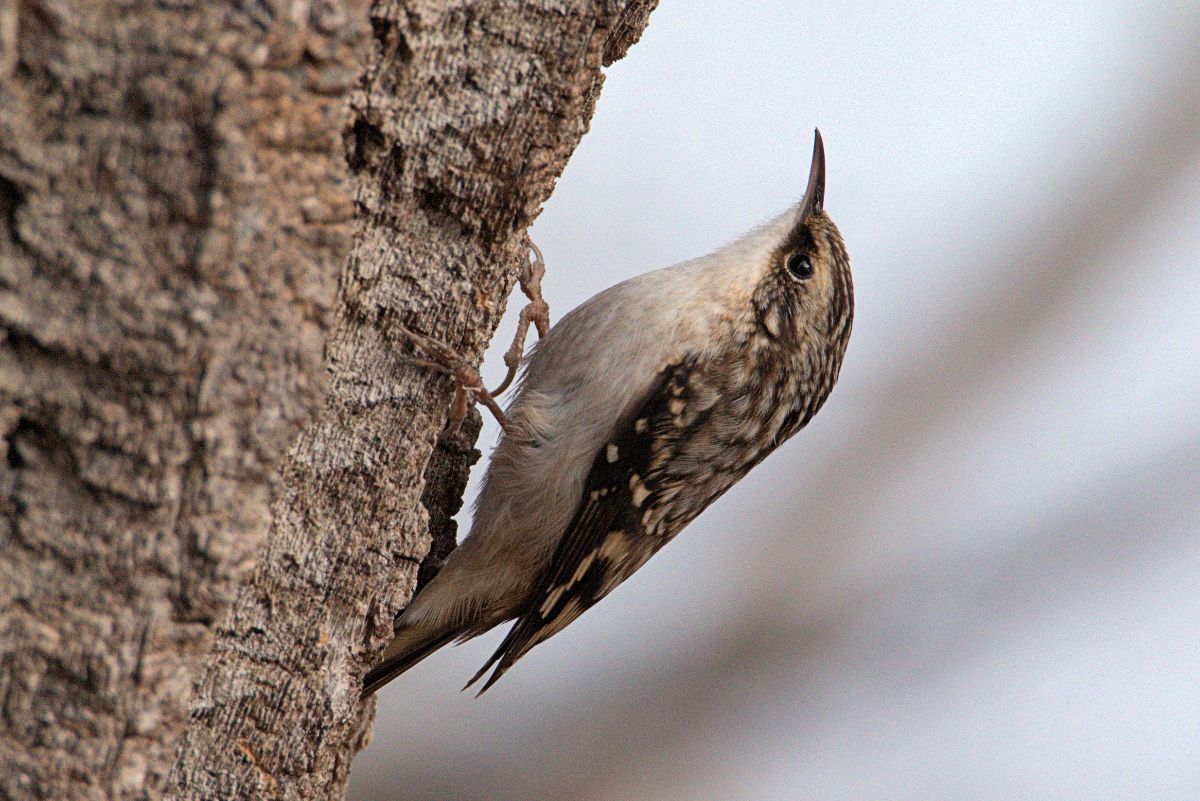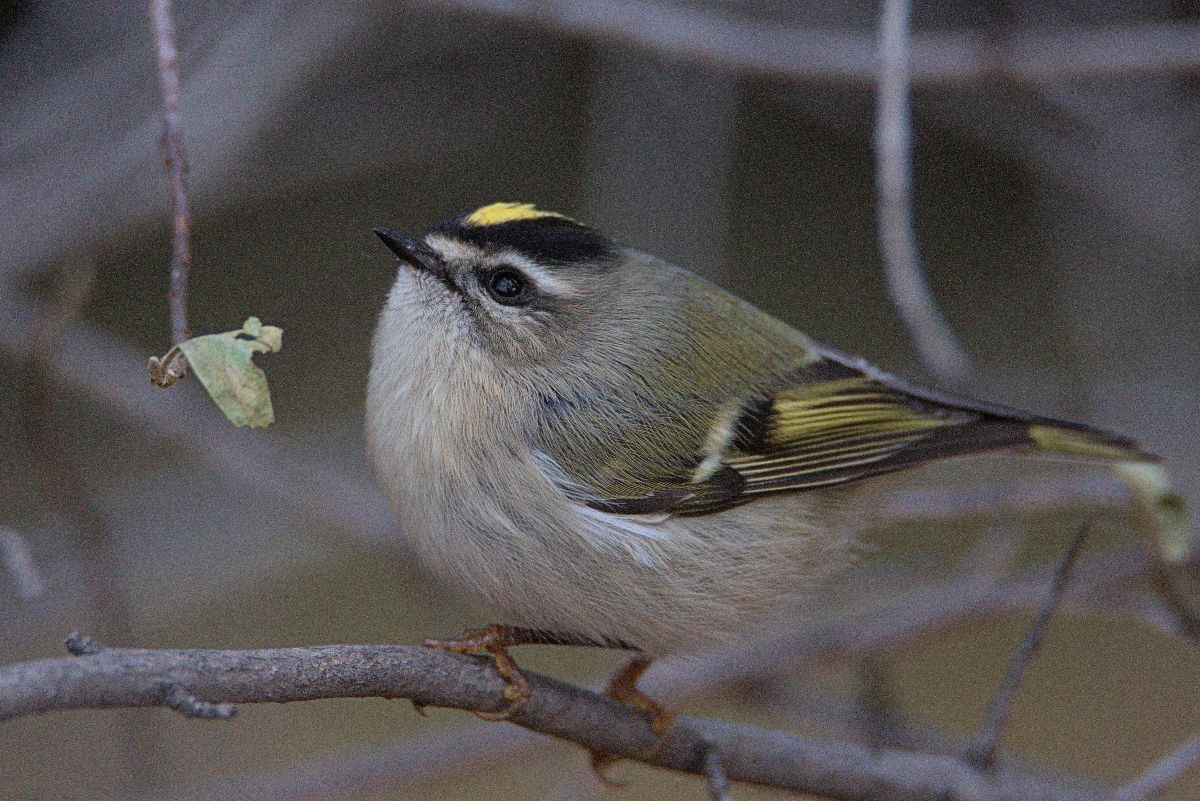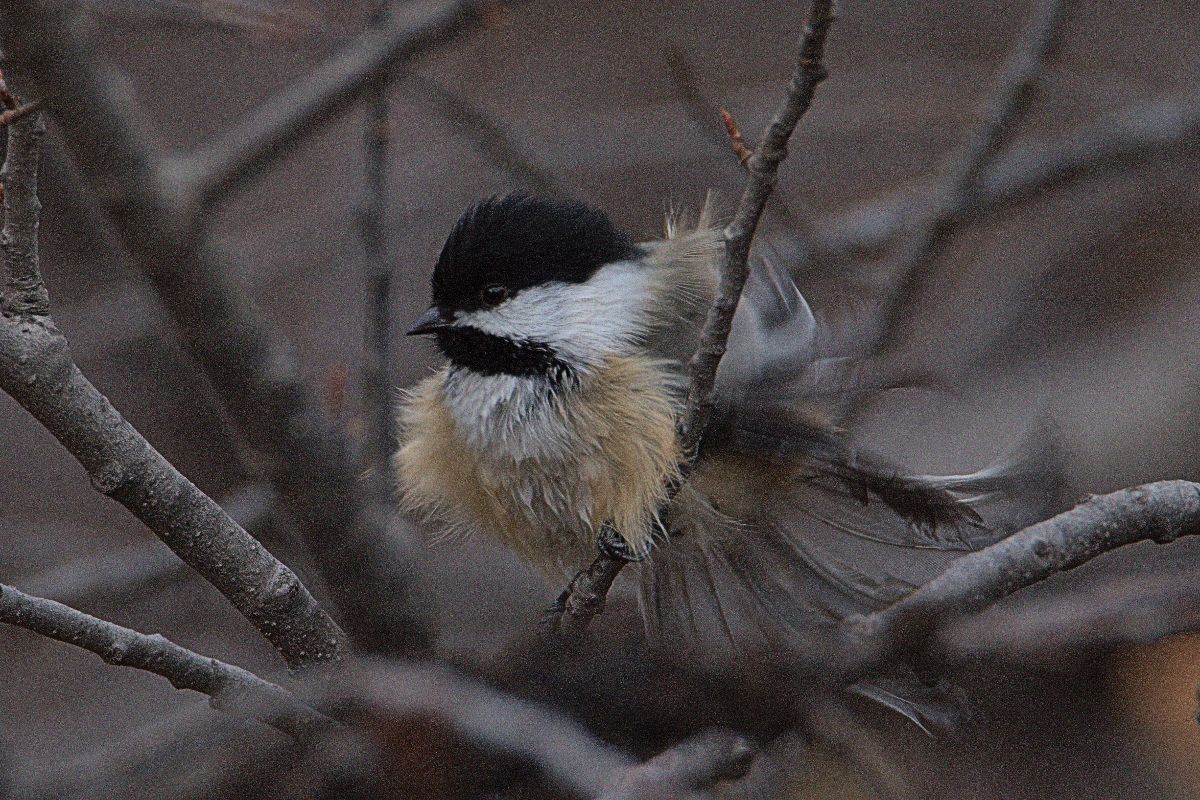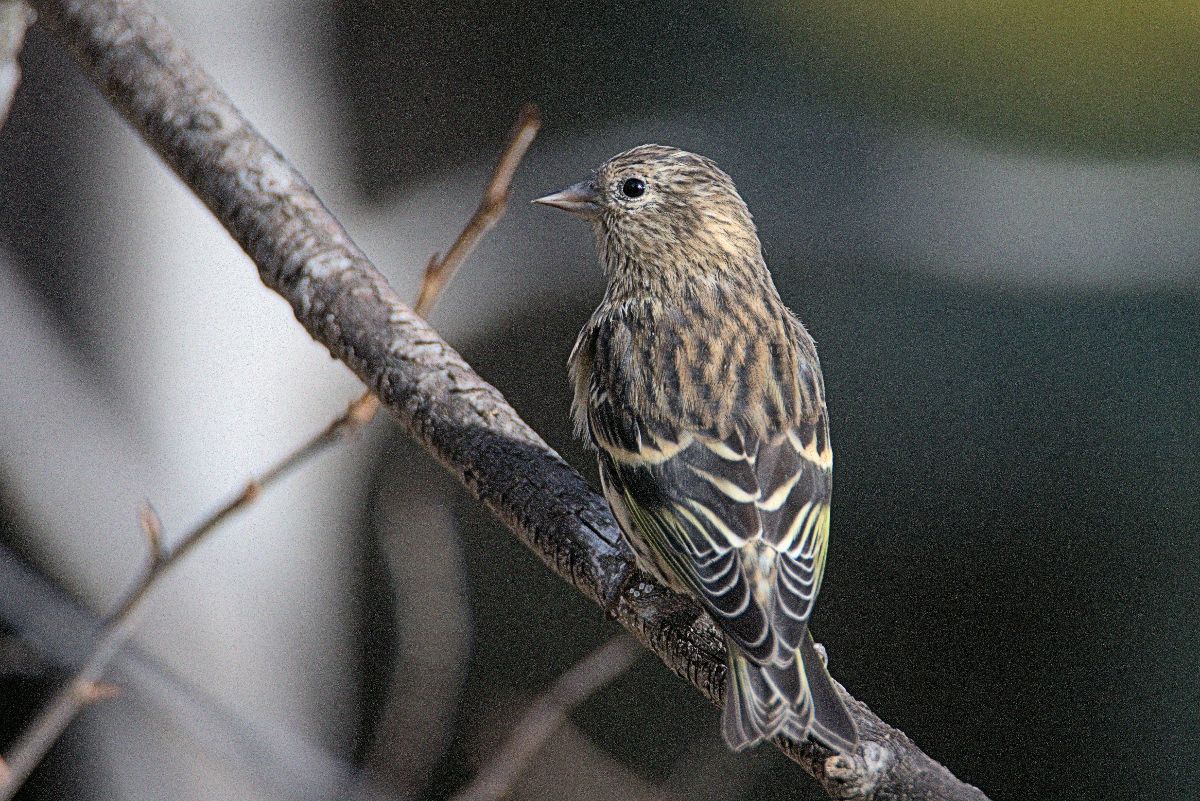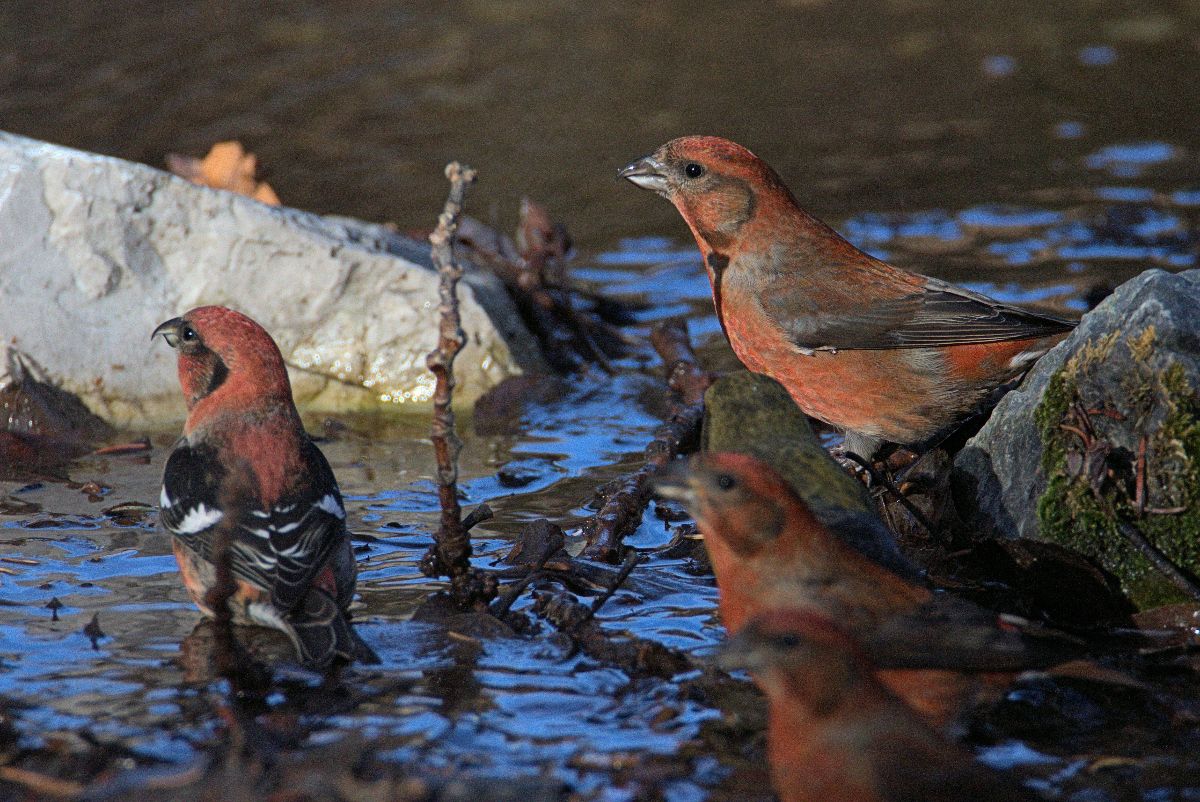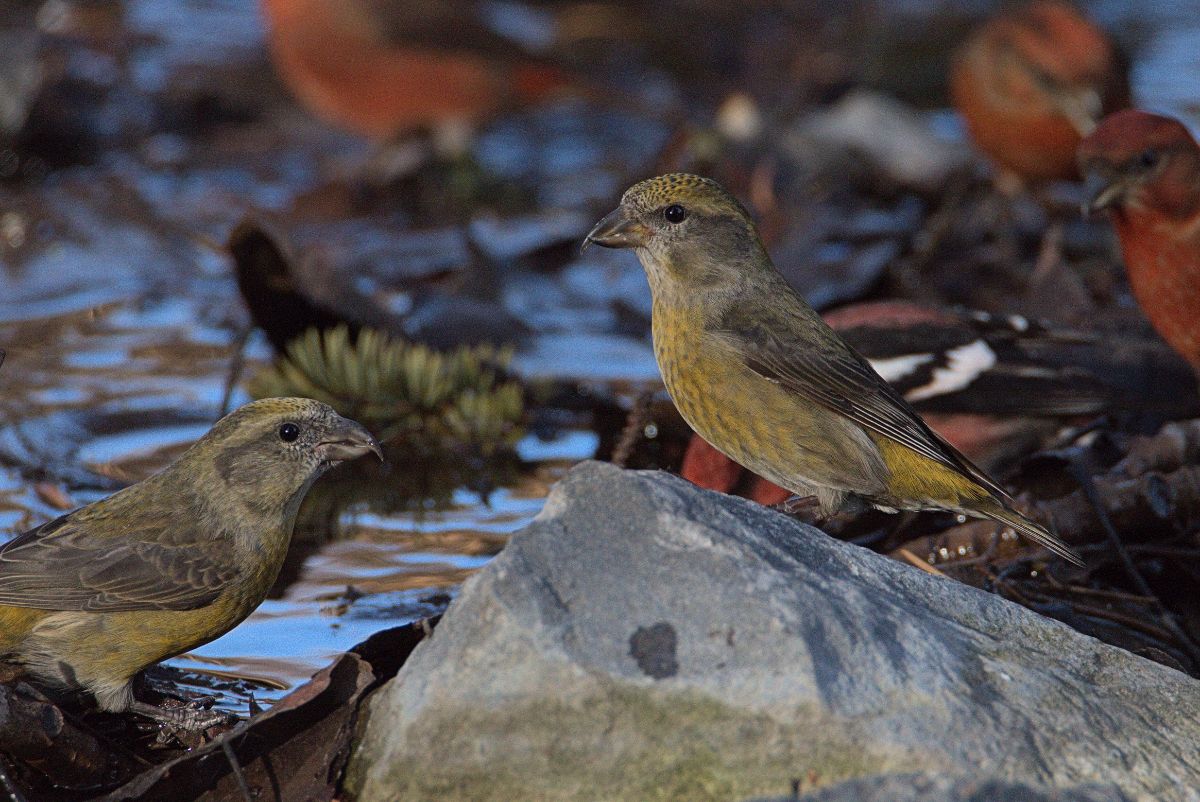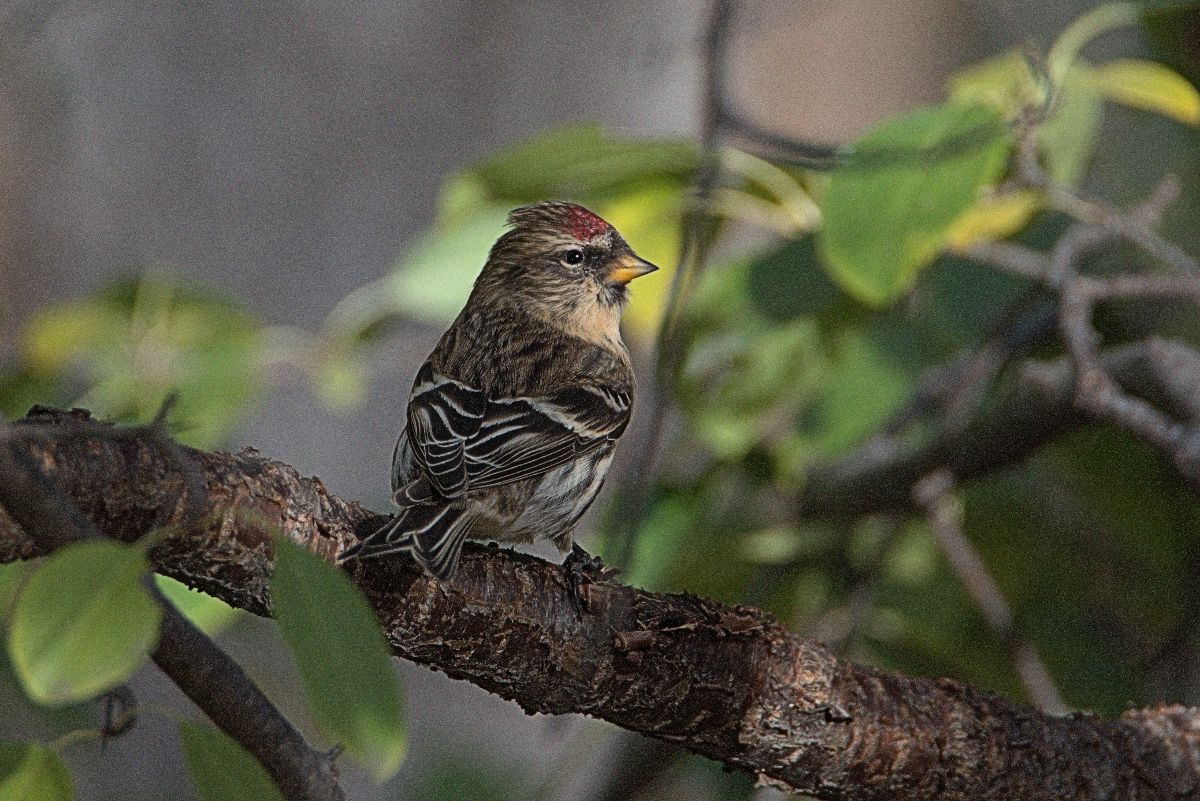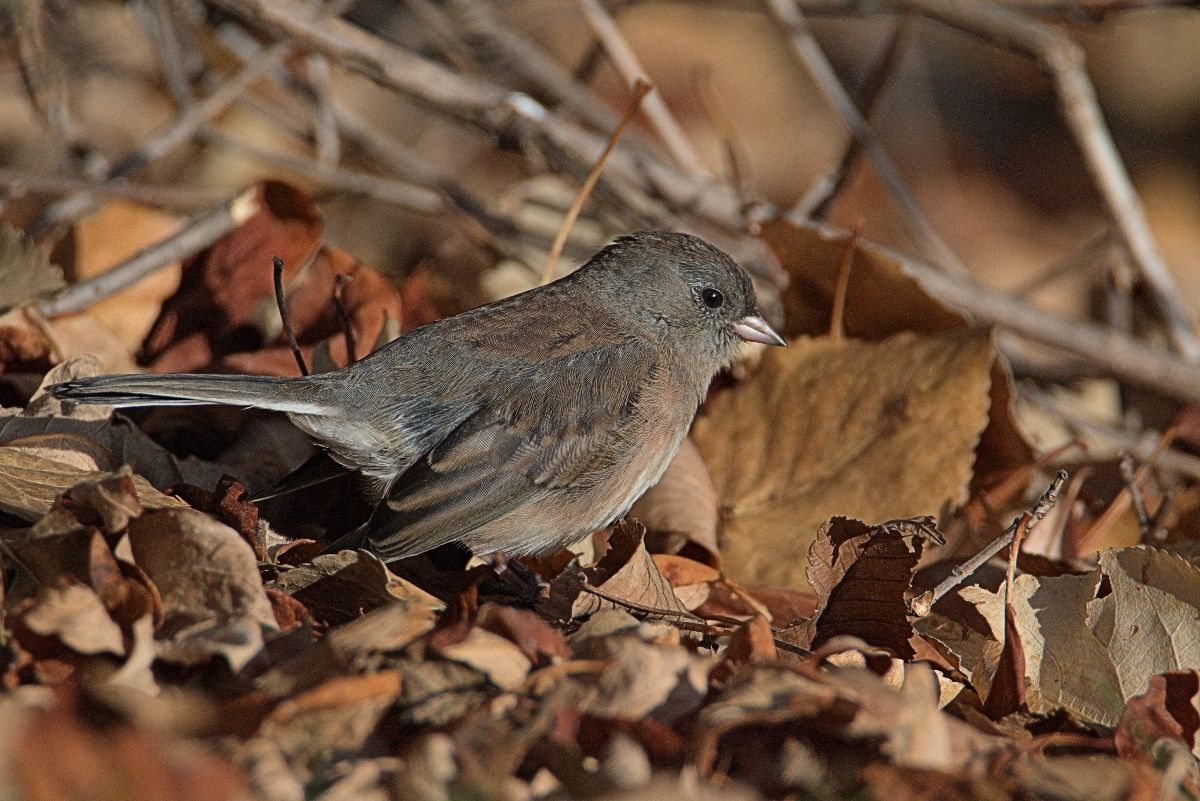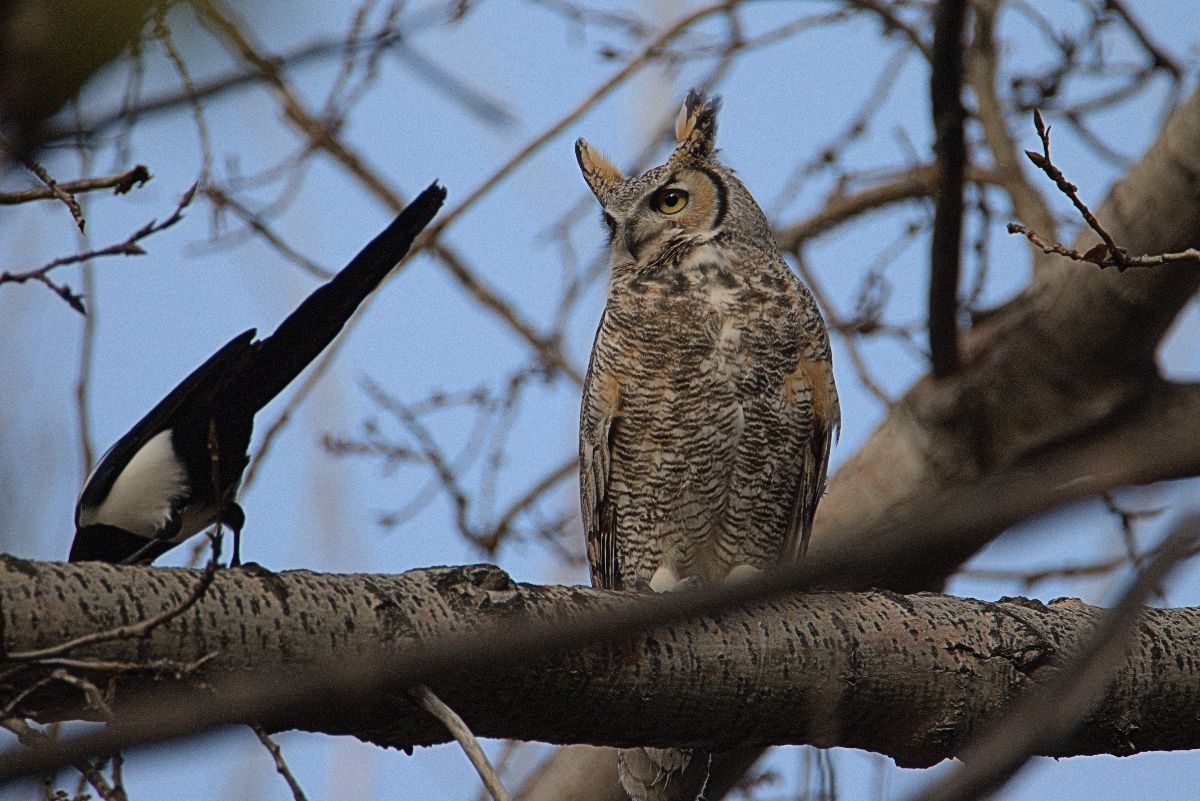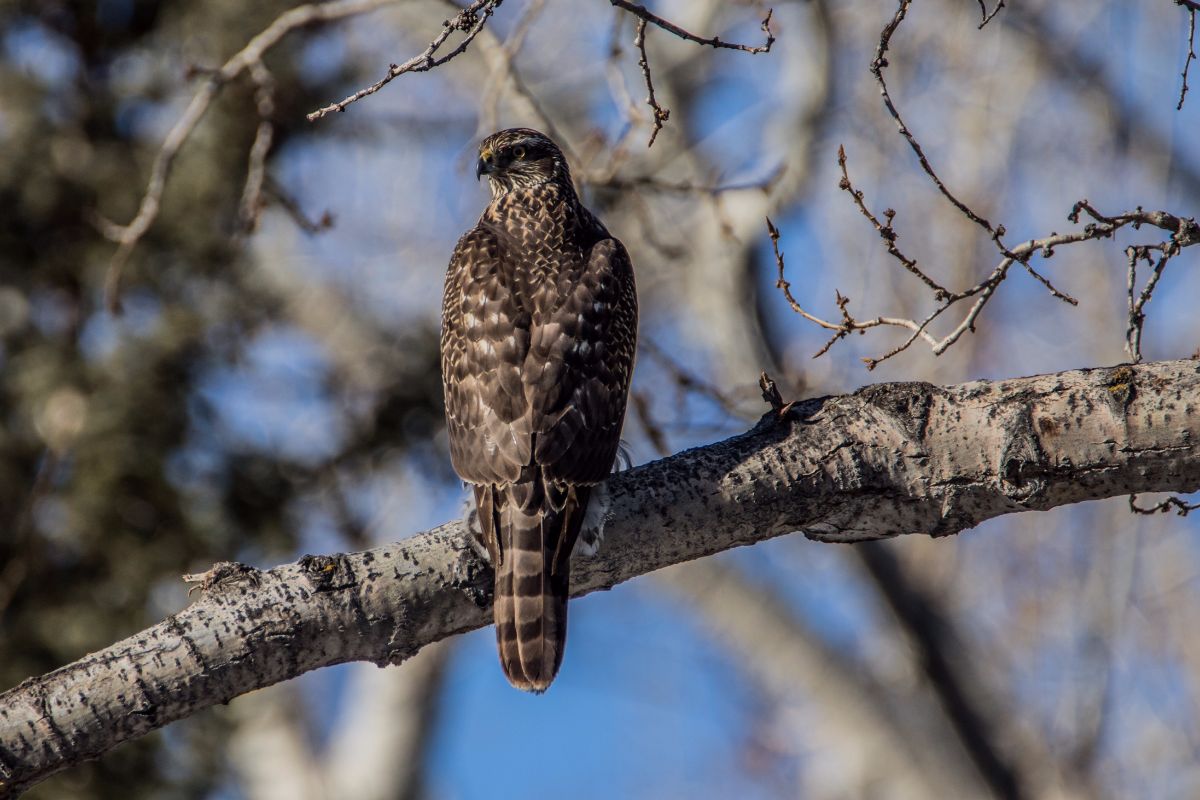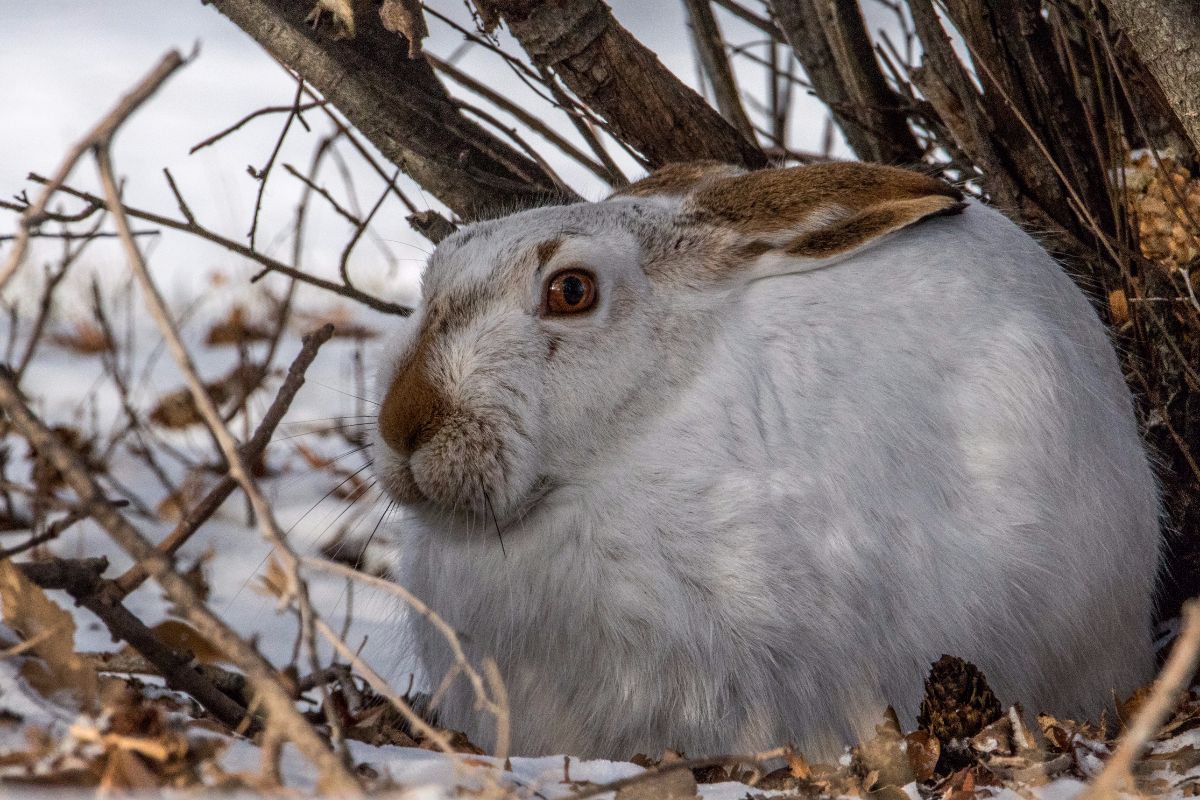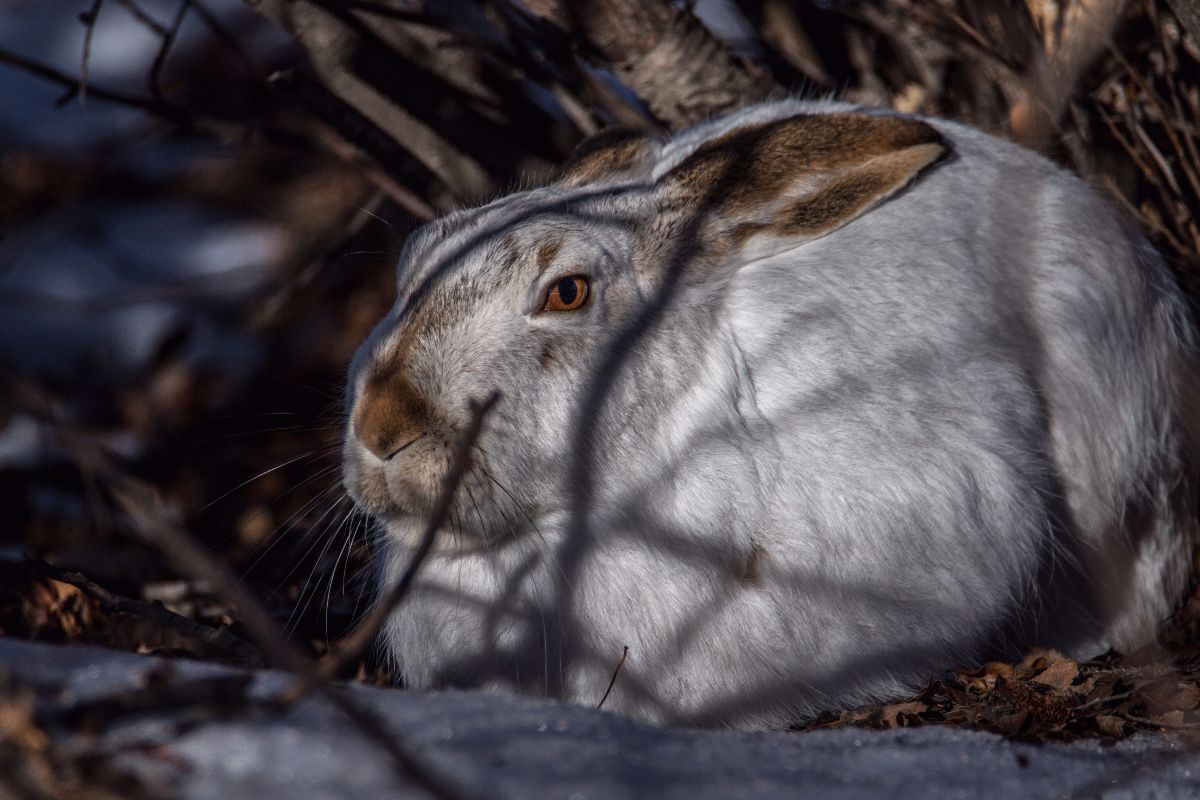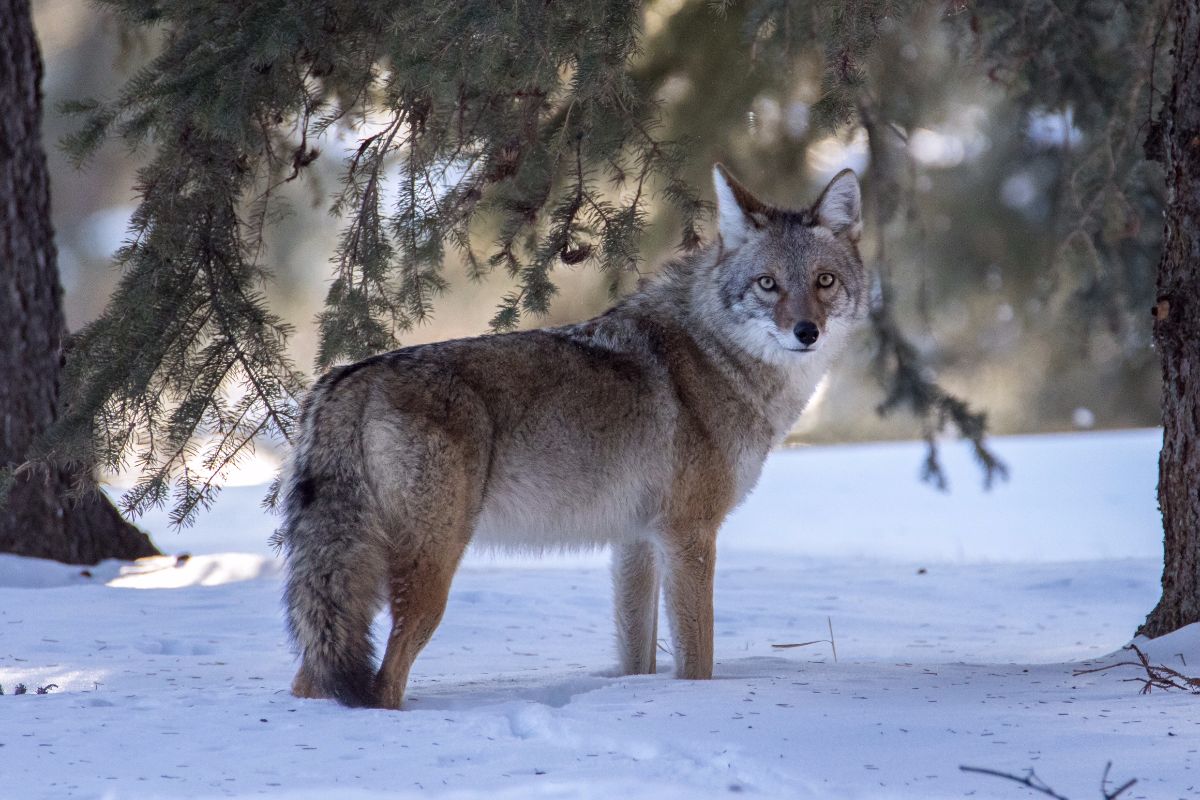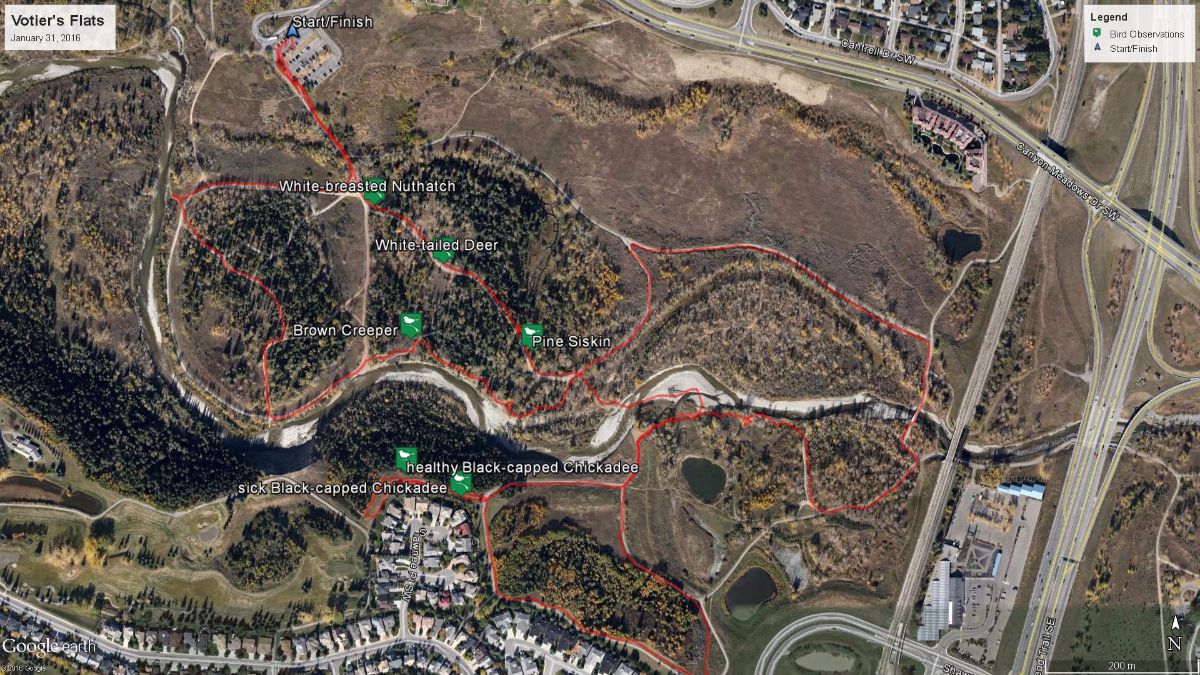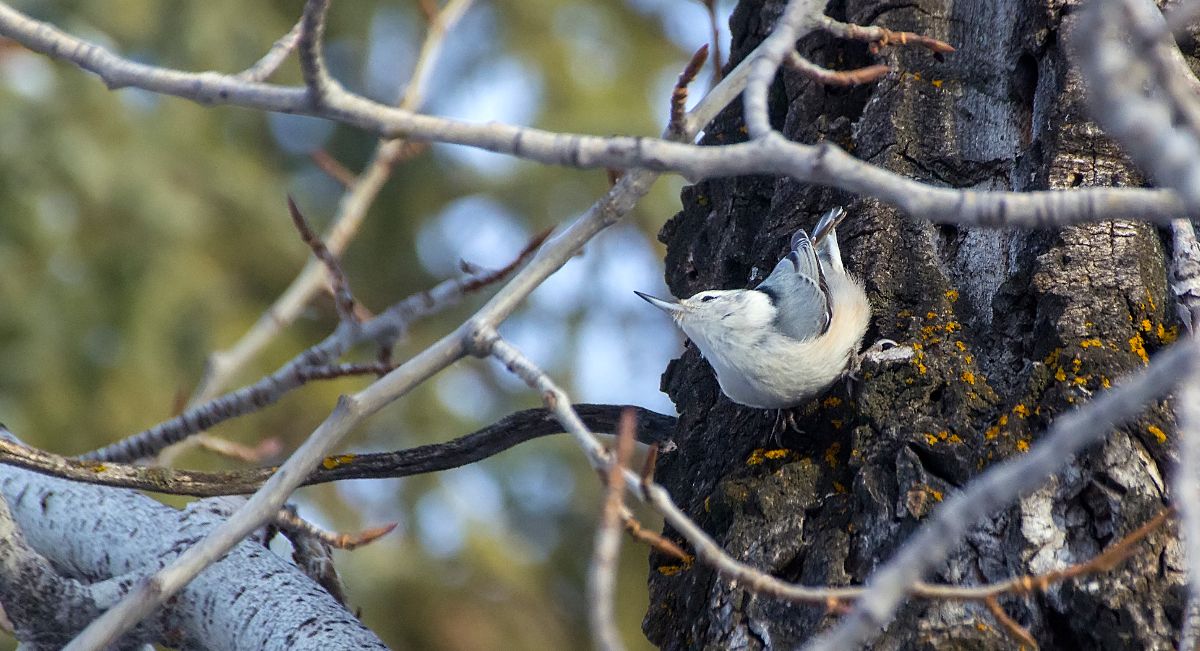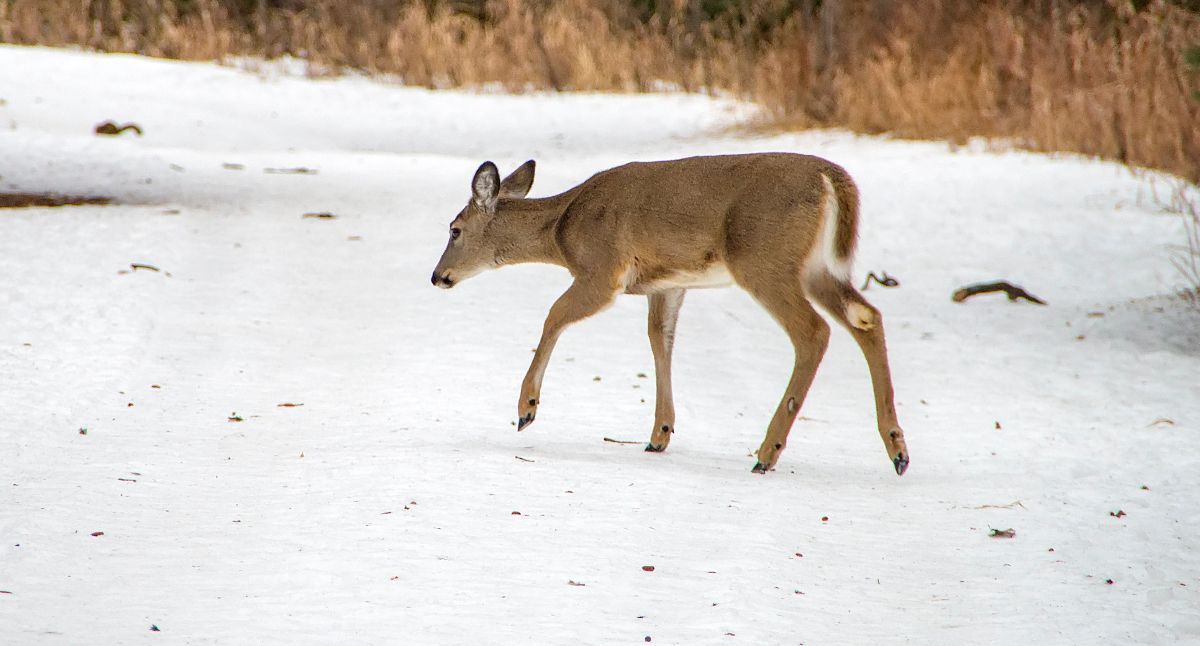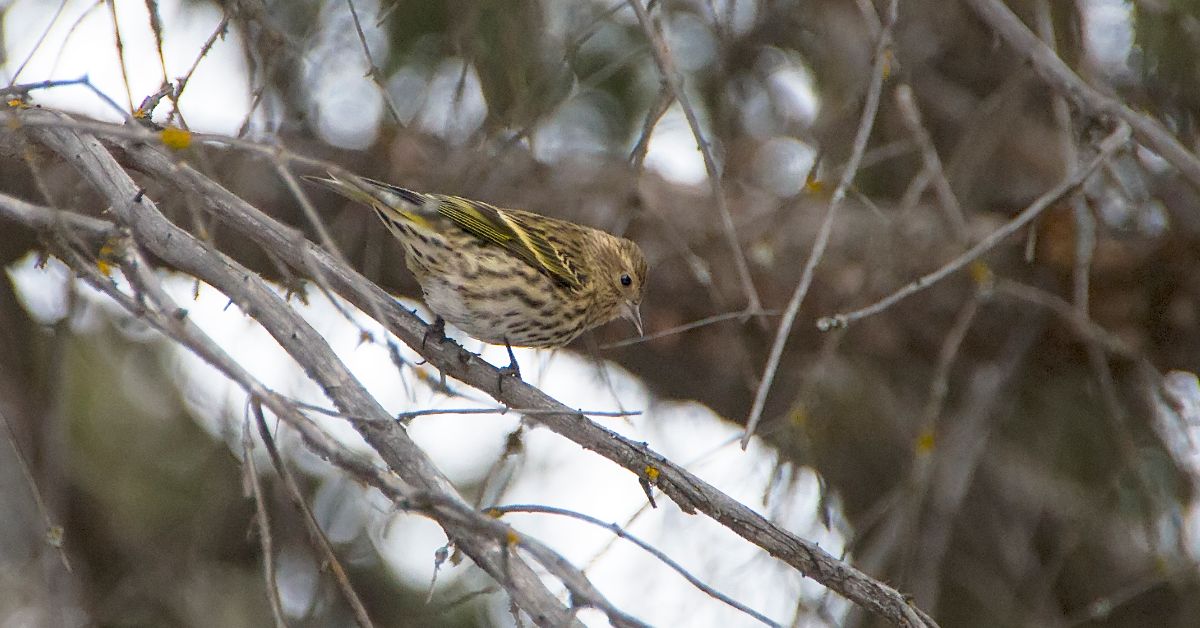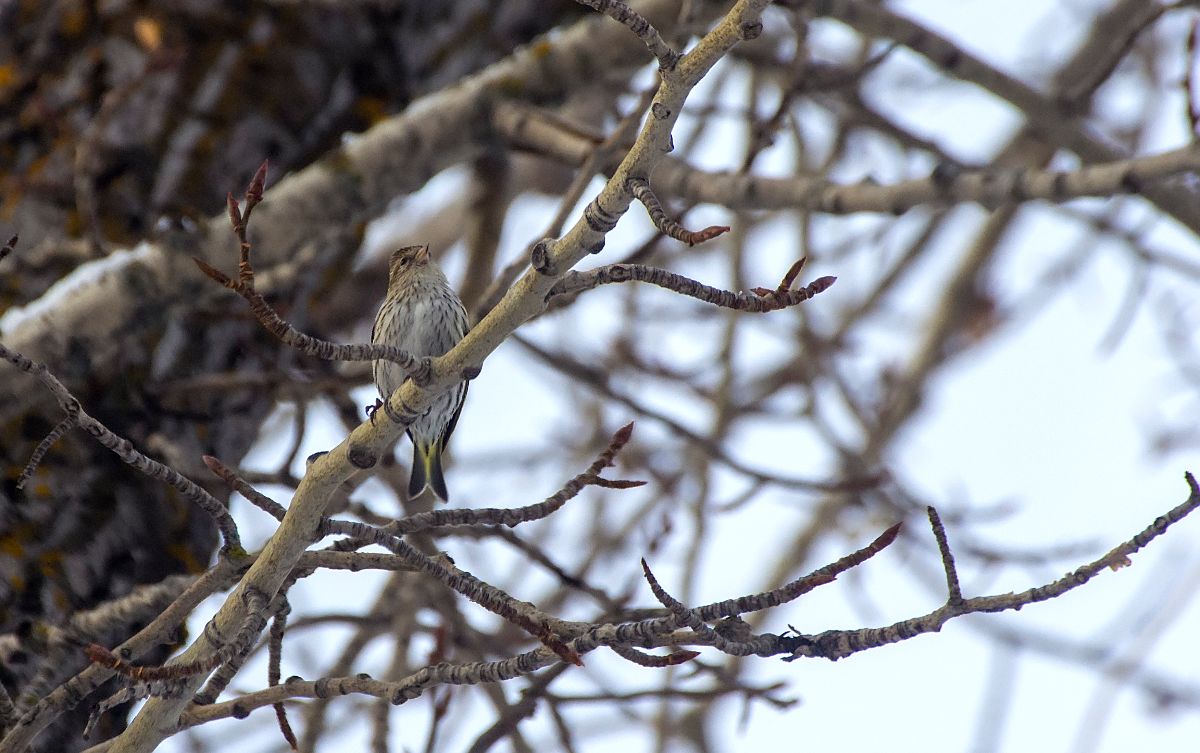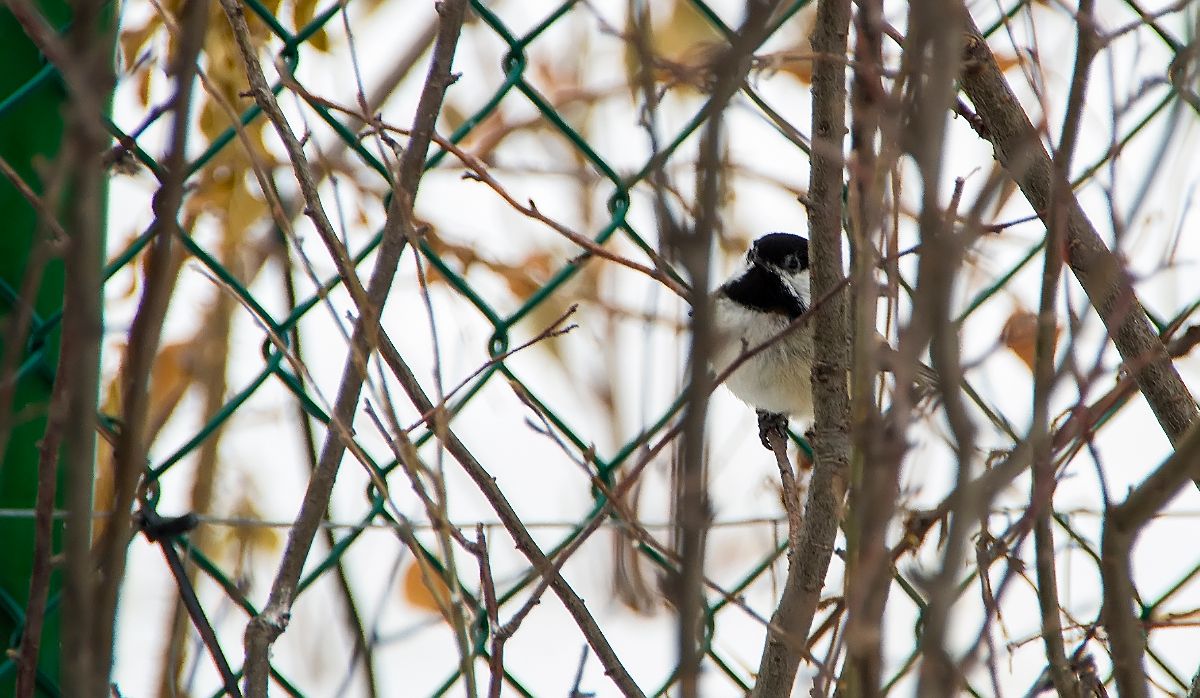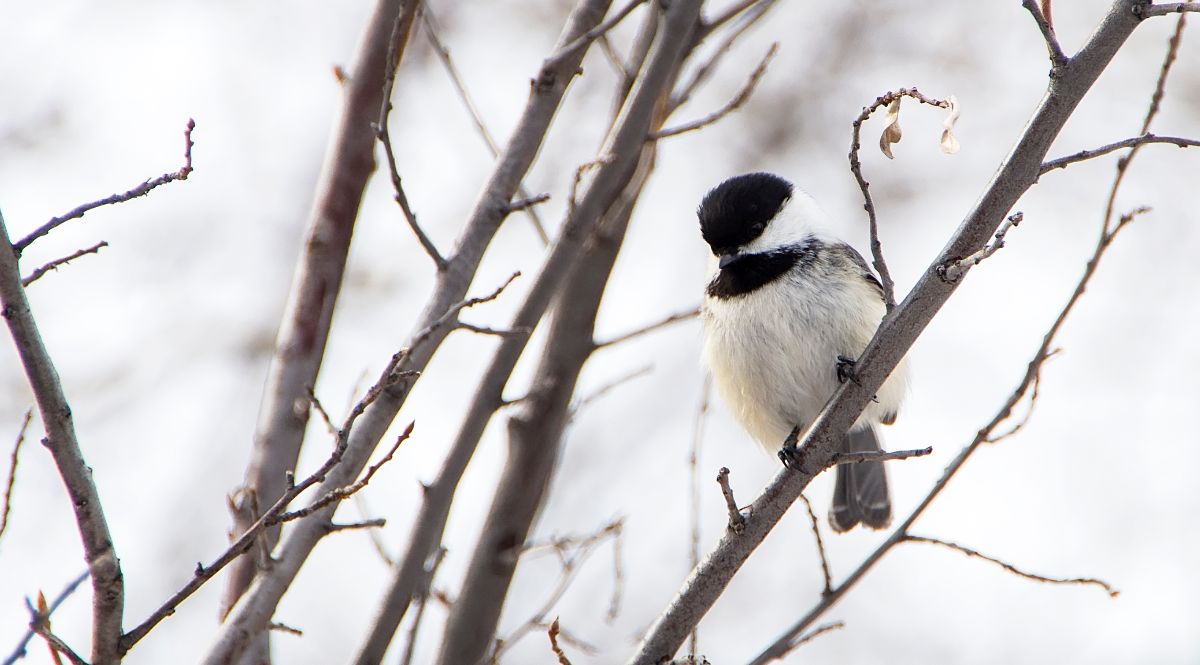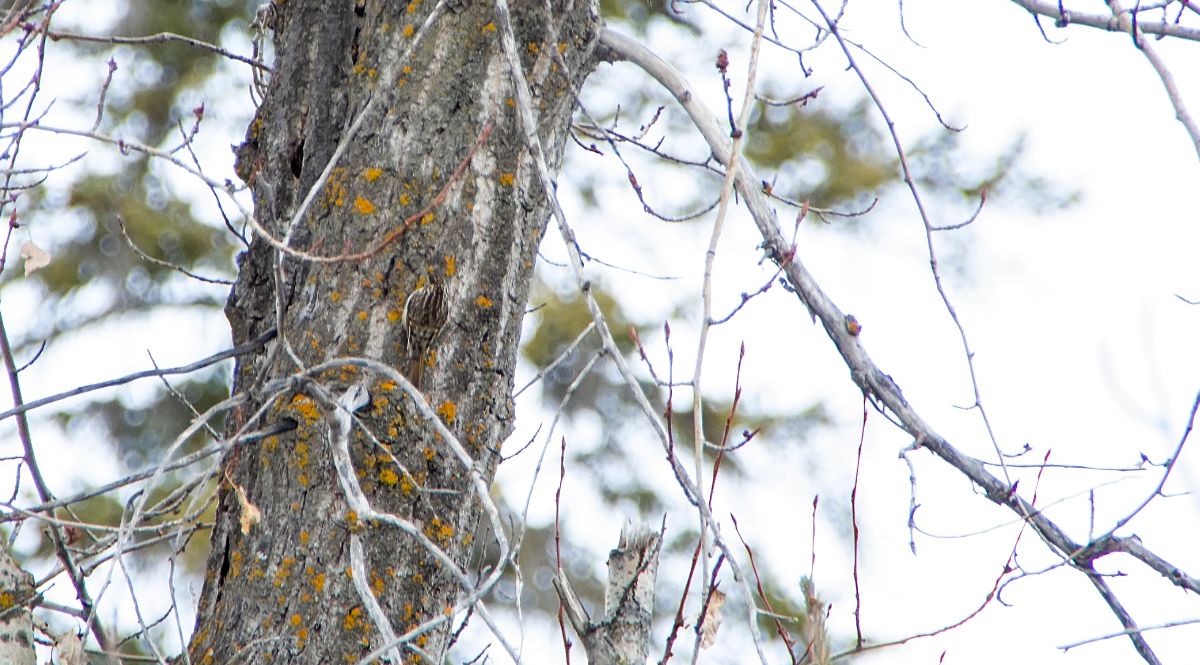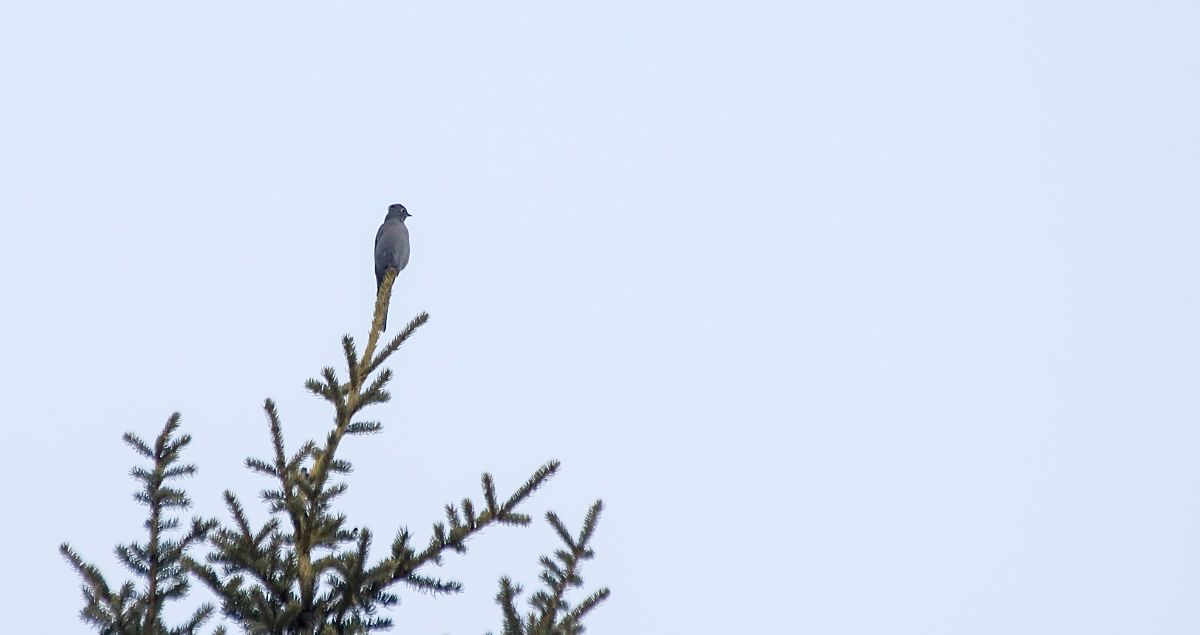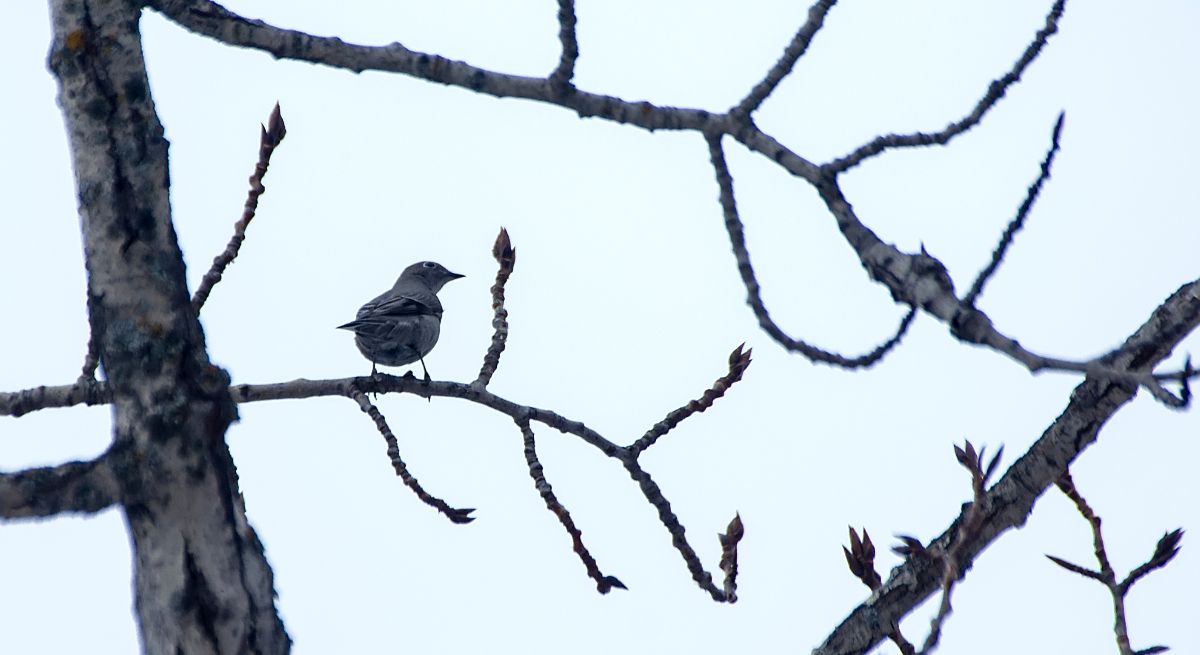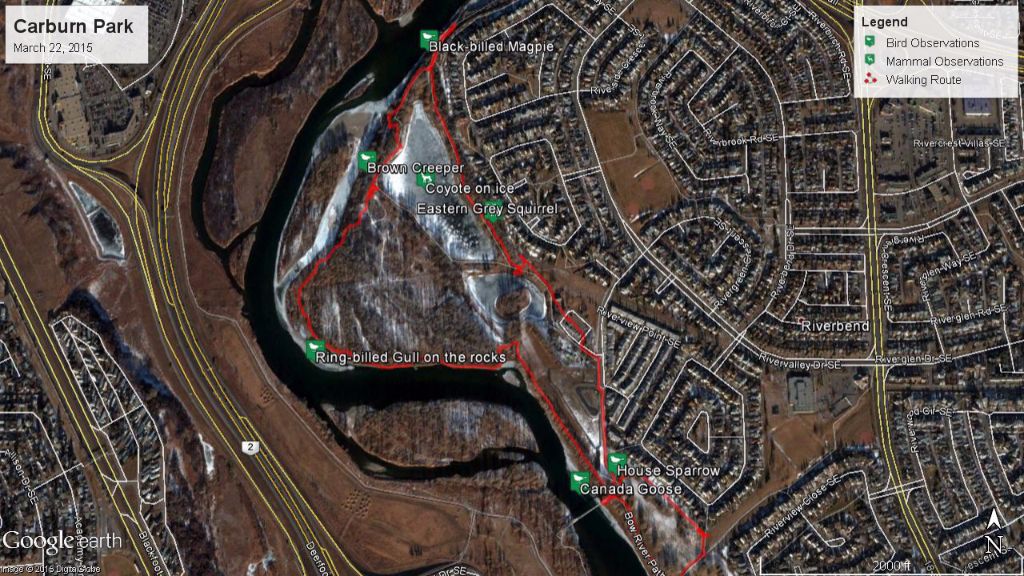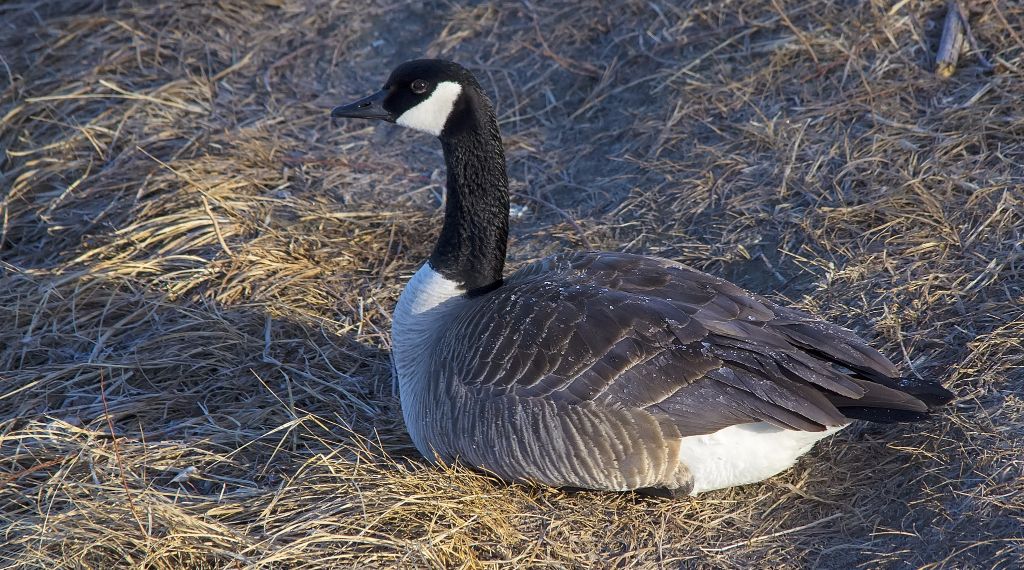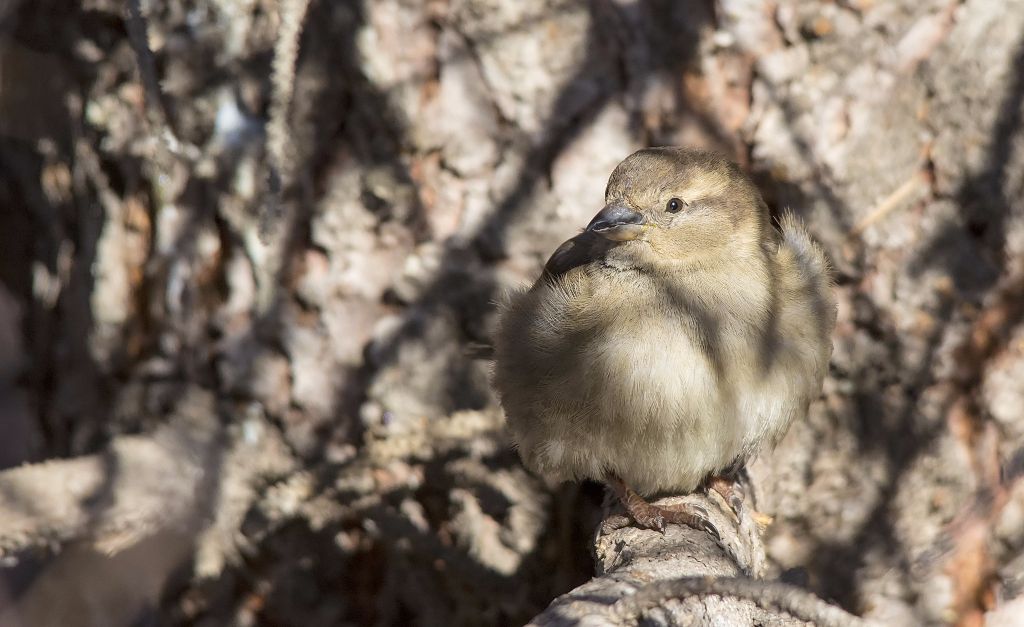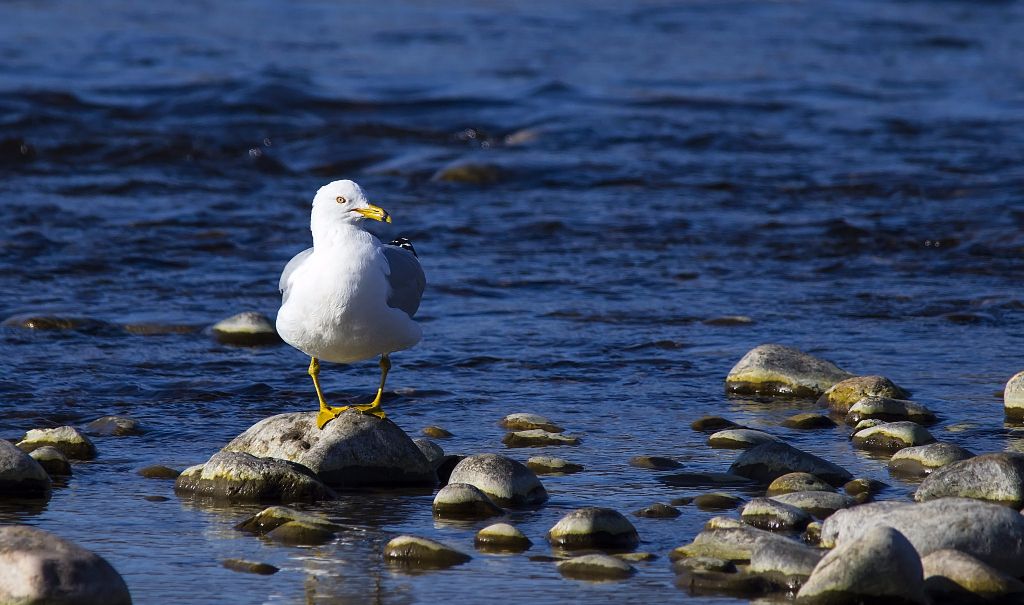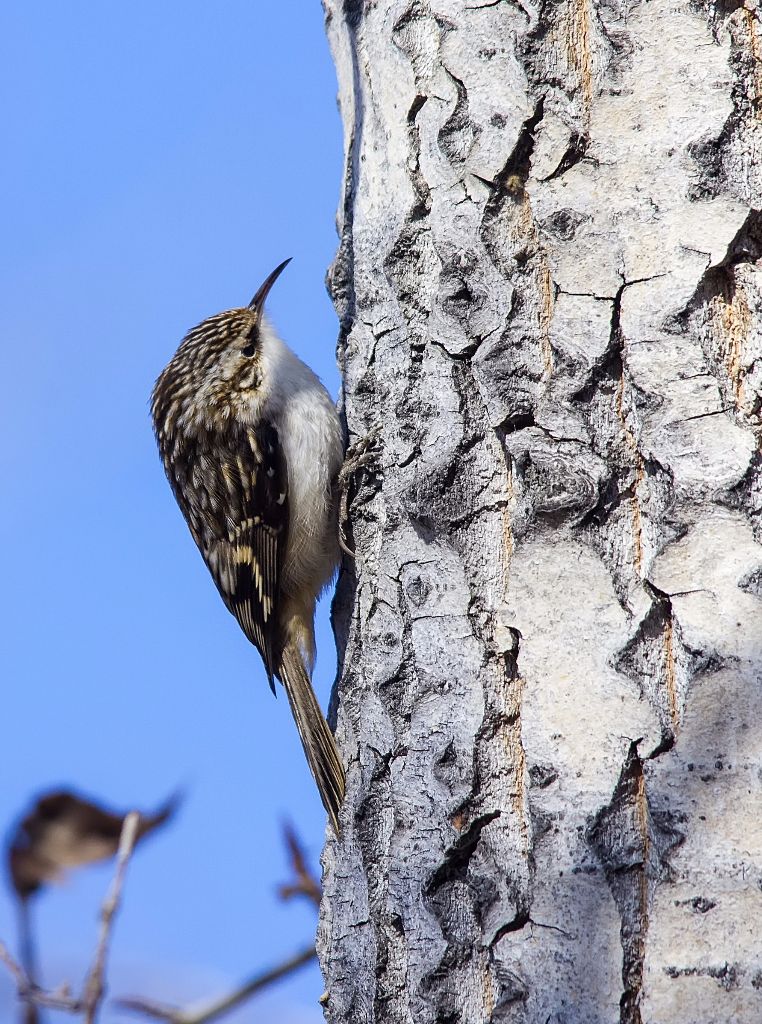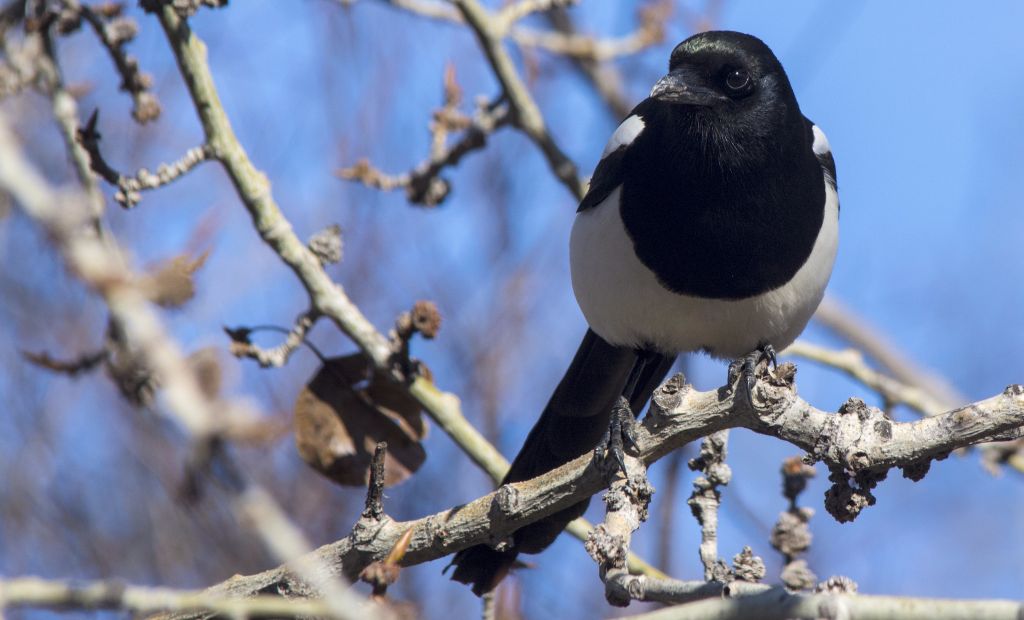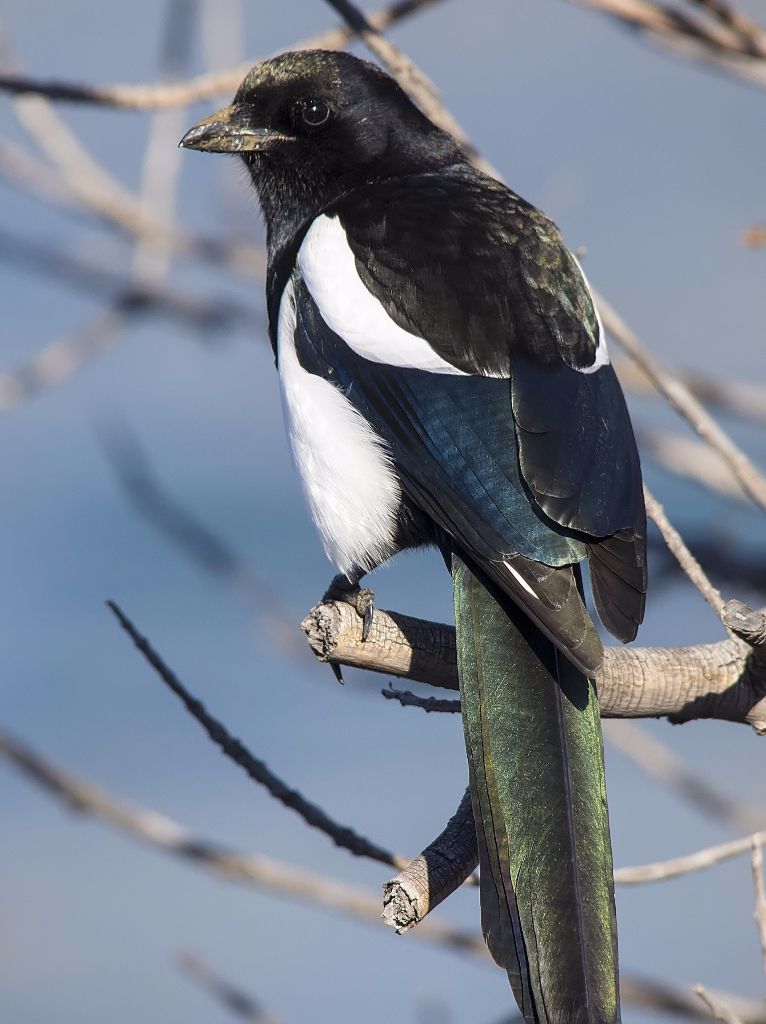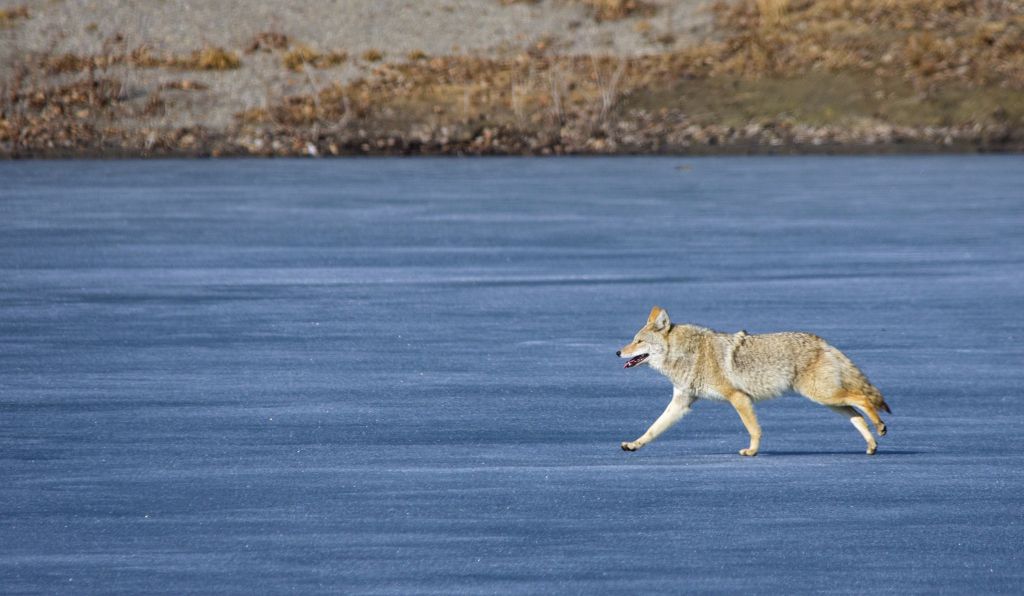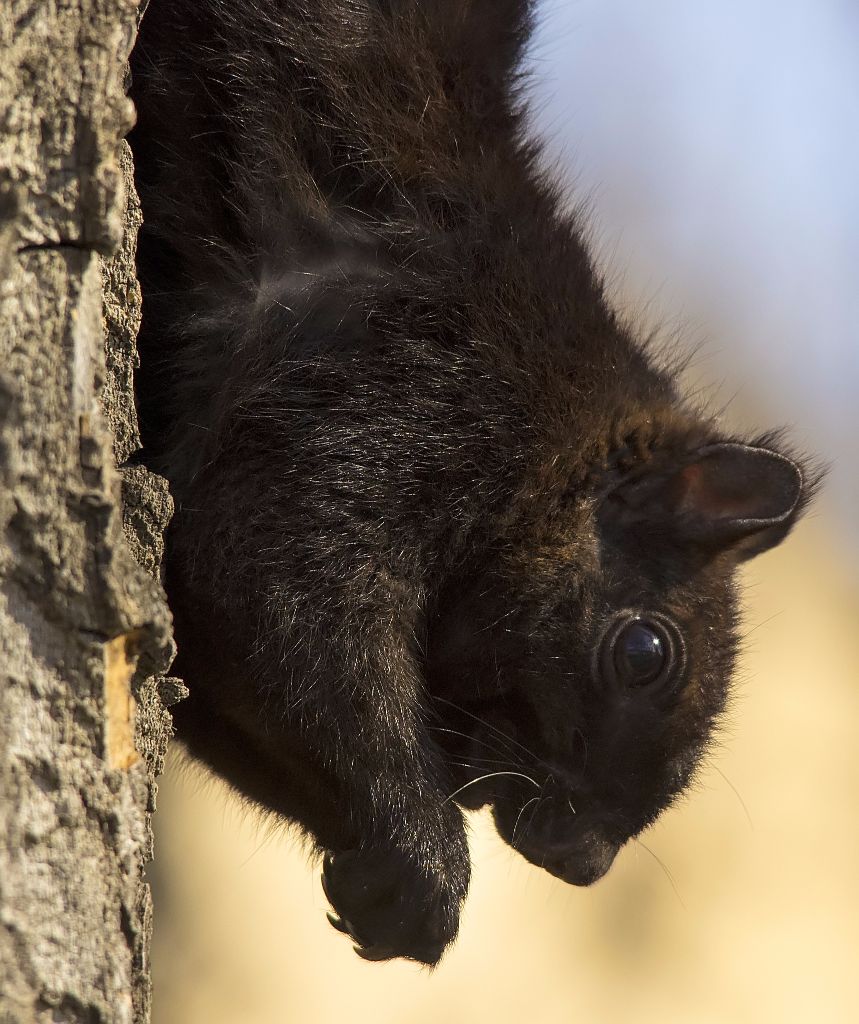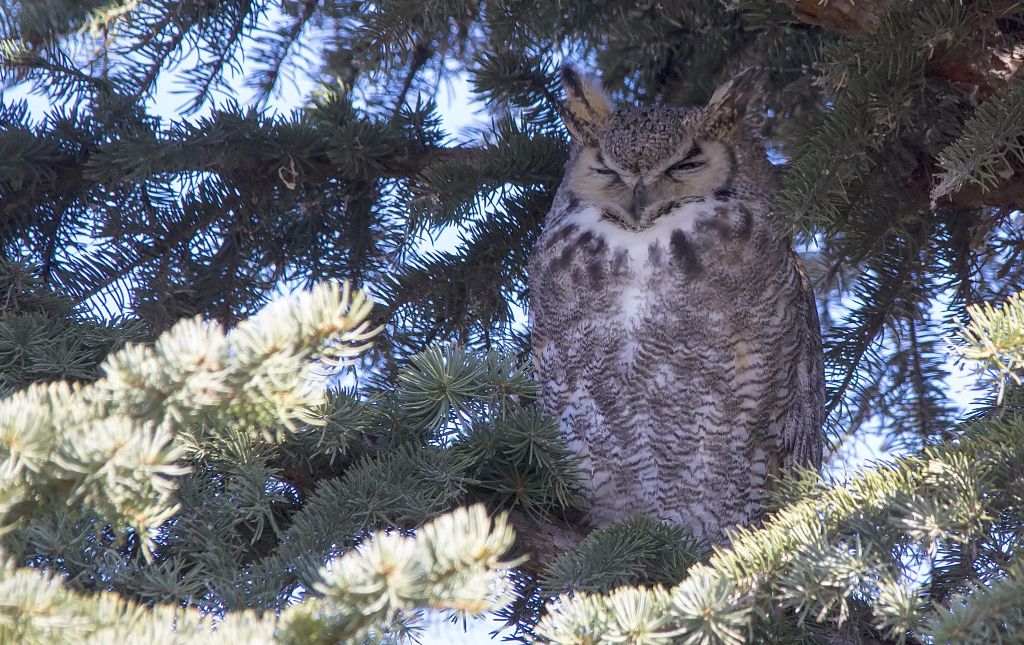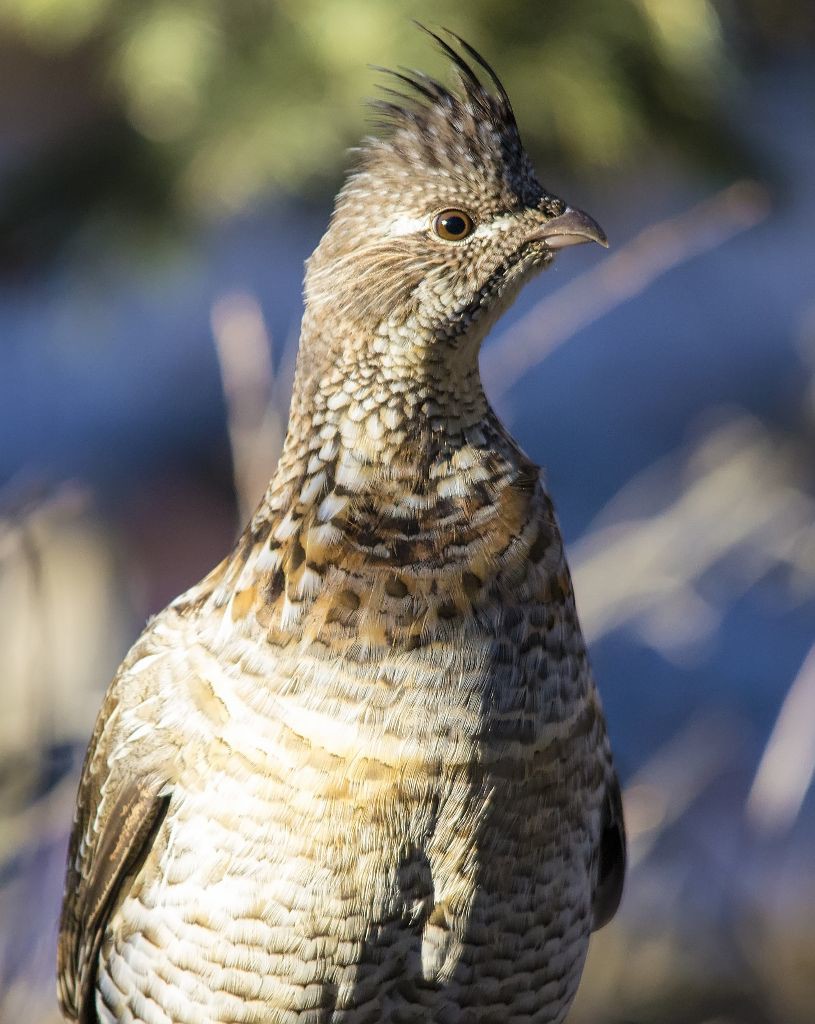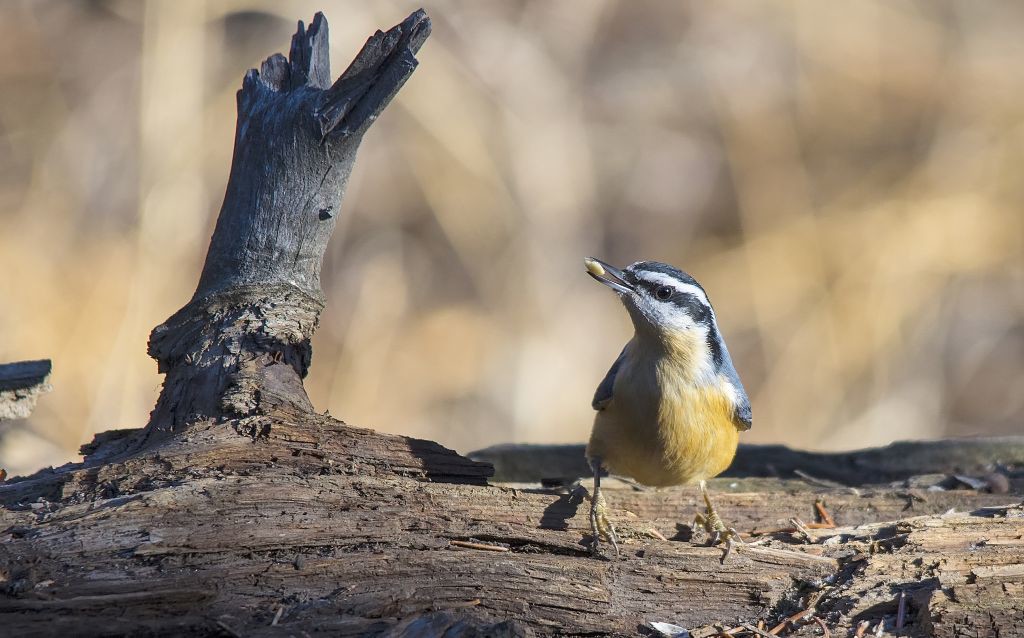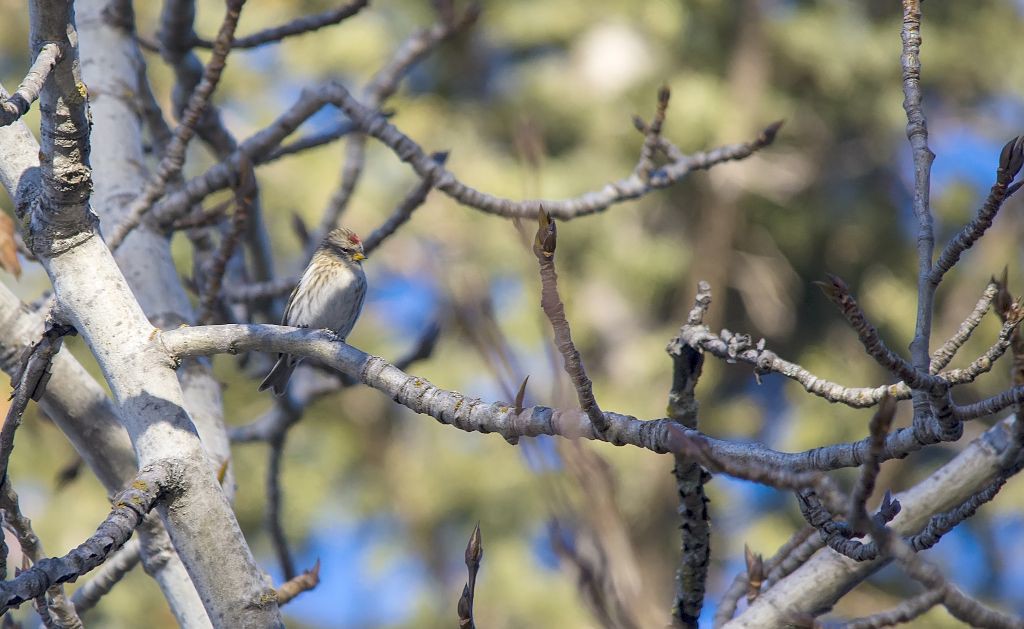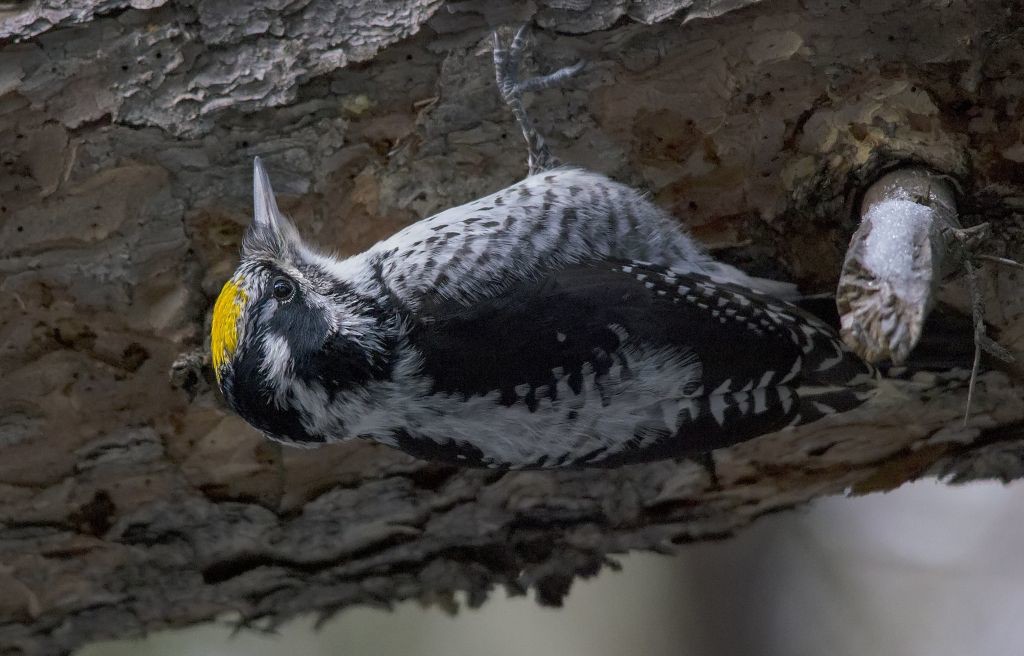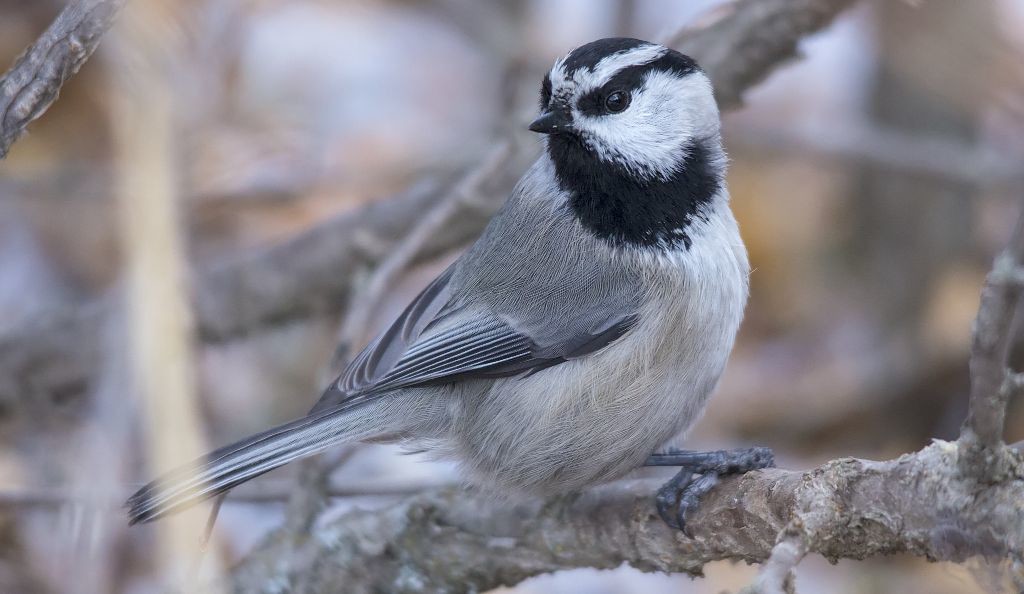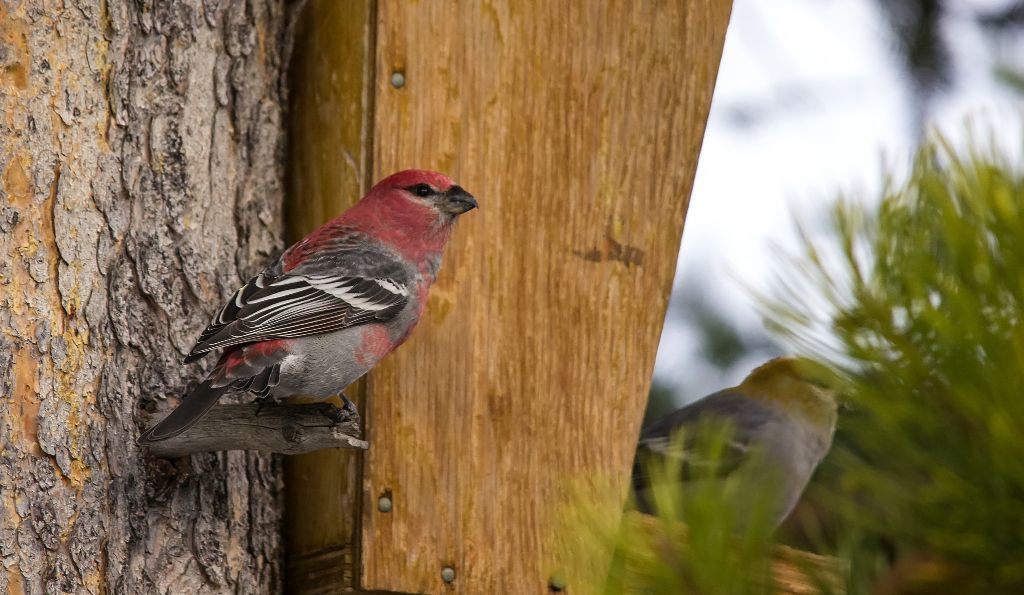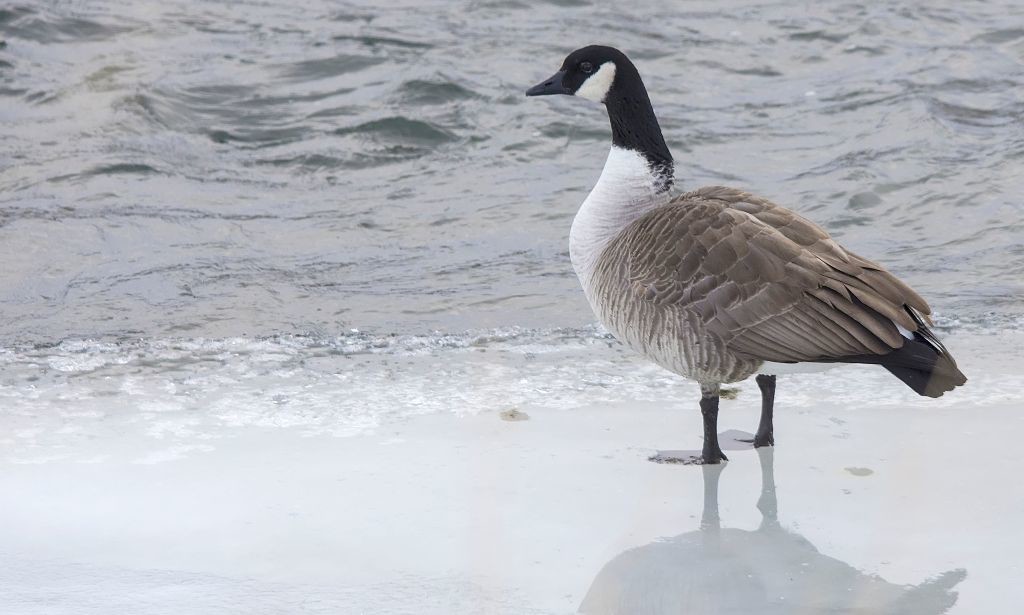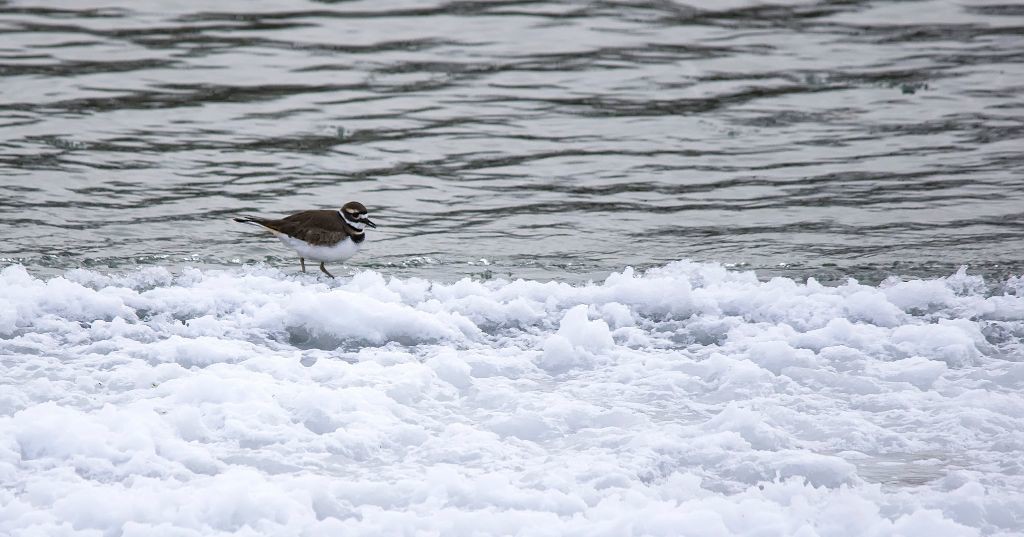By Cathy Warwick
The last time I saw a Brown Creeper I was cross-country skiing at Confederation Park and had stopped at the top of a hill to catch my breath. I was near a stand of Spruce trees and noticed a piece of the bark was moving. Of course it wasn’t the bark – it was a tiny brown bird moving up the tree. The Brown Creeper is not a well-known bird largely because they lay low, extremely low. They are elusive and mysterious but when you see one its behaviour and look is unmistakable. If you decide to add it to your Life List and go out looking for one, good luck! You’re going to need it. Another strategy is to read this article to familiarize yourself with the Brown Creeper for the day you see one, then you can point to it and yell “a Brown Creeper!”

First of all they are tiny, their body is about the length of a thumb, add to that their long brown tail. Secondly they have amazing camouflage, they have brown feathers on the top of their body, perfectly suited to hide against a spruce tree. Their underside is a white colour, this countershading camouflages them when flying. Their stealth colouring is only undone by their song, a high pitched tssst sound. That’s where you come in with your phone at the ready, the Merlin Bird ID app open. It can identify a Brown Creeper and then you can look for it by its song.
If you get a good enough look you will see its curved bill, perfect for digging in the bark where other birds can’t get to. It eats the insects, their eggs and pupae, hidden in the bark. In photos you can see its relatively long feet, which help it hang on to the bark as it creeps upward in a spiral. Once they have checked out a tree they will fly to the base of the next and start up that one. I wonder if the nuthatch, going down and the creeper, going up, have ever bumped their little heads together. What an adorable mishap that would be.
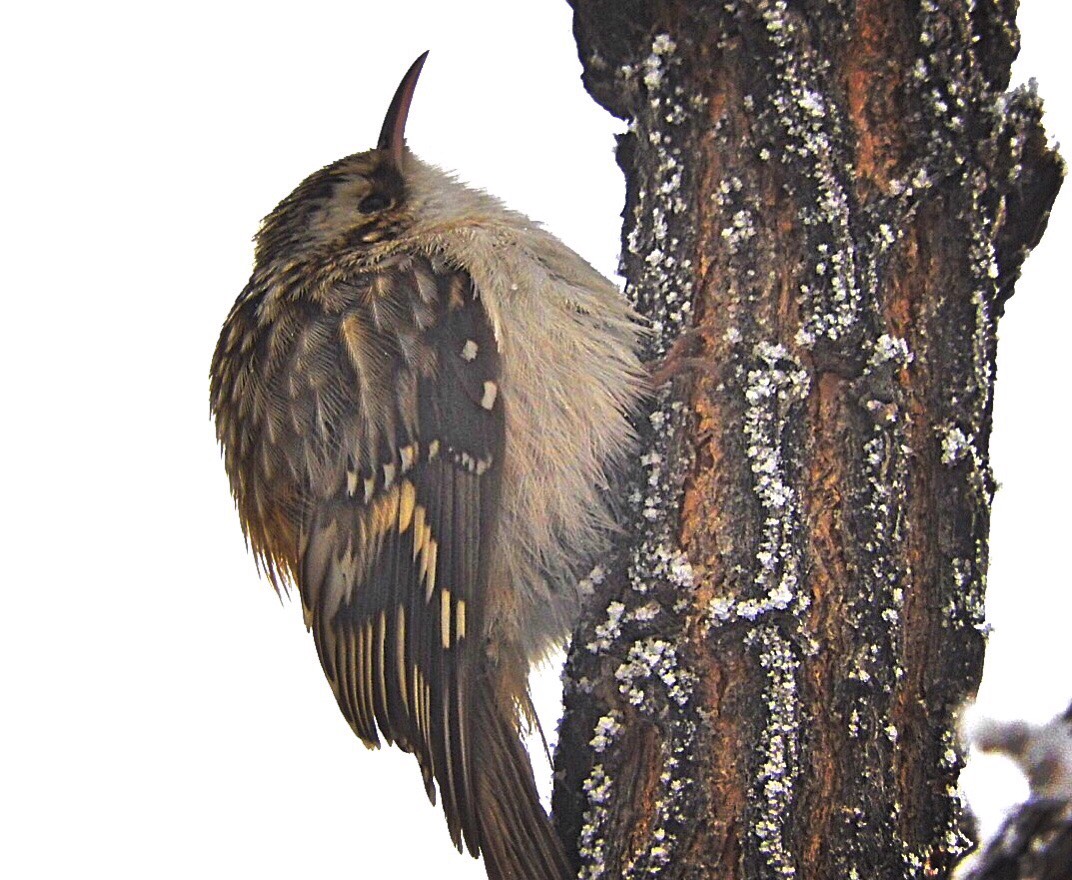
The Brown Creeper needs live trees to forage on and dead and dying trees to nest in, they use the whole forest lifecycle (allaboutbirds.com). The English traditional park of rolling green lawns with large trees studding it is horrible for wildlife. In our city it’s nice we have some Creeper friendly ‘messy parks’ like Weaslehead and Fish Creek.
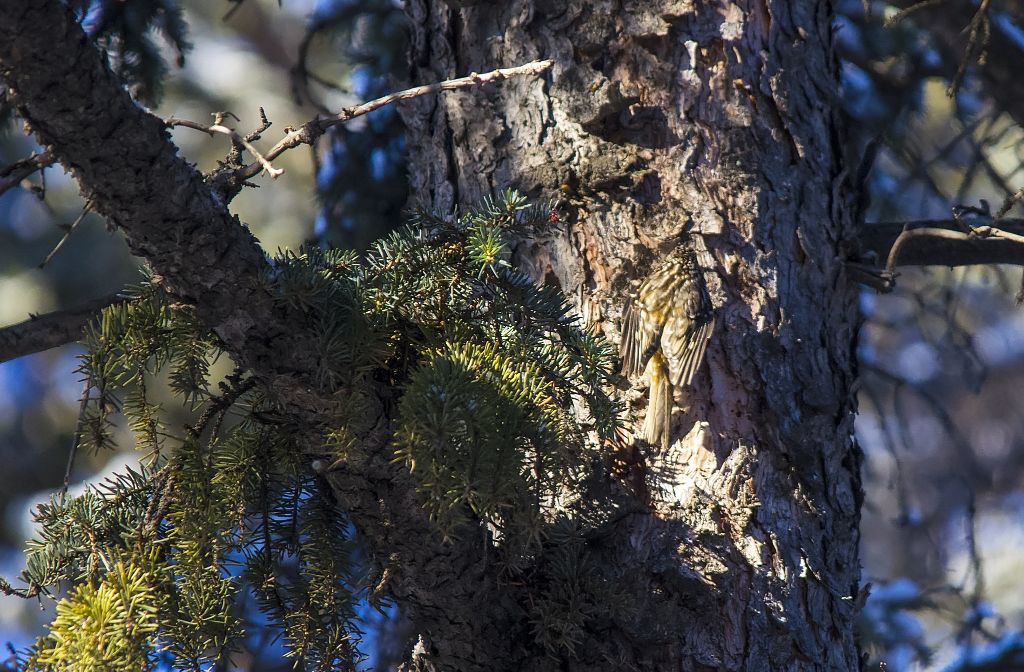
Photo by Dan Arndt.
Hopefully five years from now when you actually see a Brown Creeper on a tree you can recall the name of it. Maybe the fact that it is ‘creeping’ up the tree will twig your memory and you can yell out its name. Your advanced birding badge will be on its way if you succeed.
More about the Brown Creeper on All About Birds.

